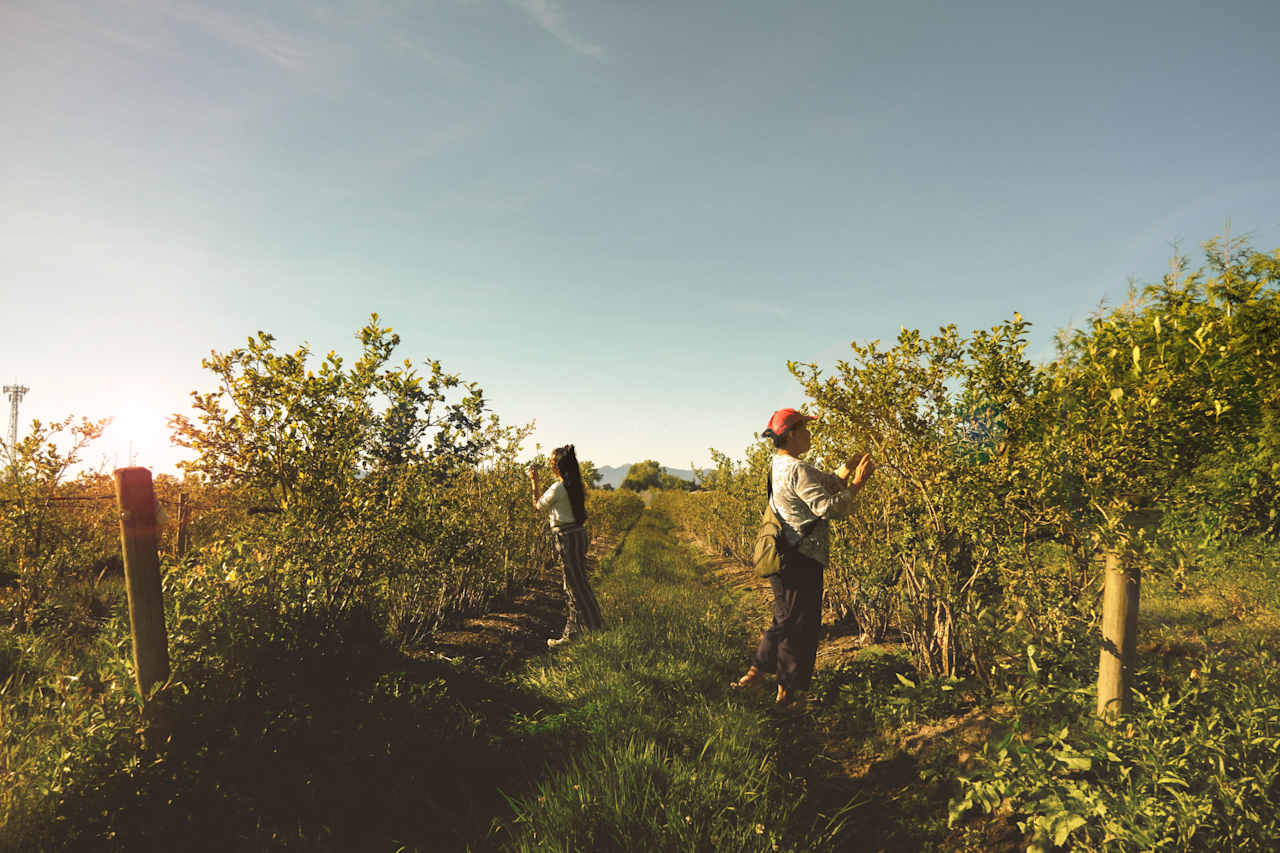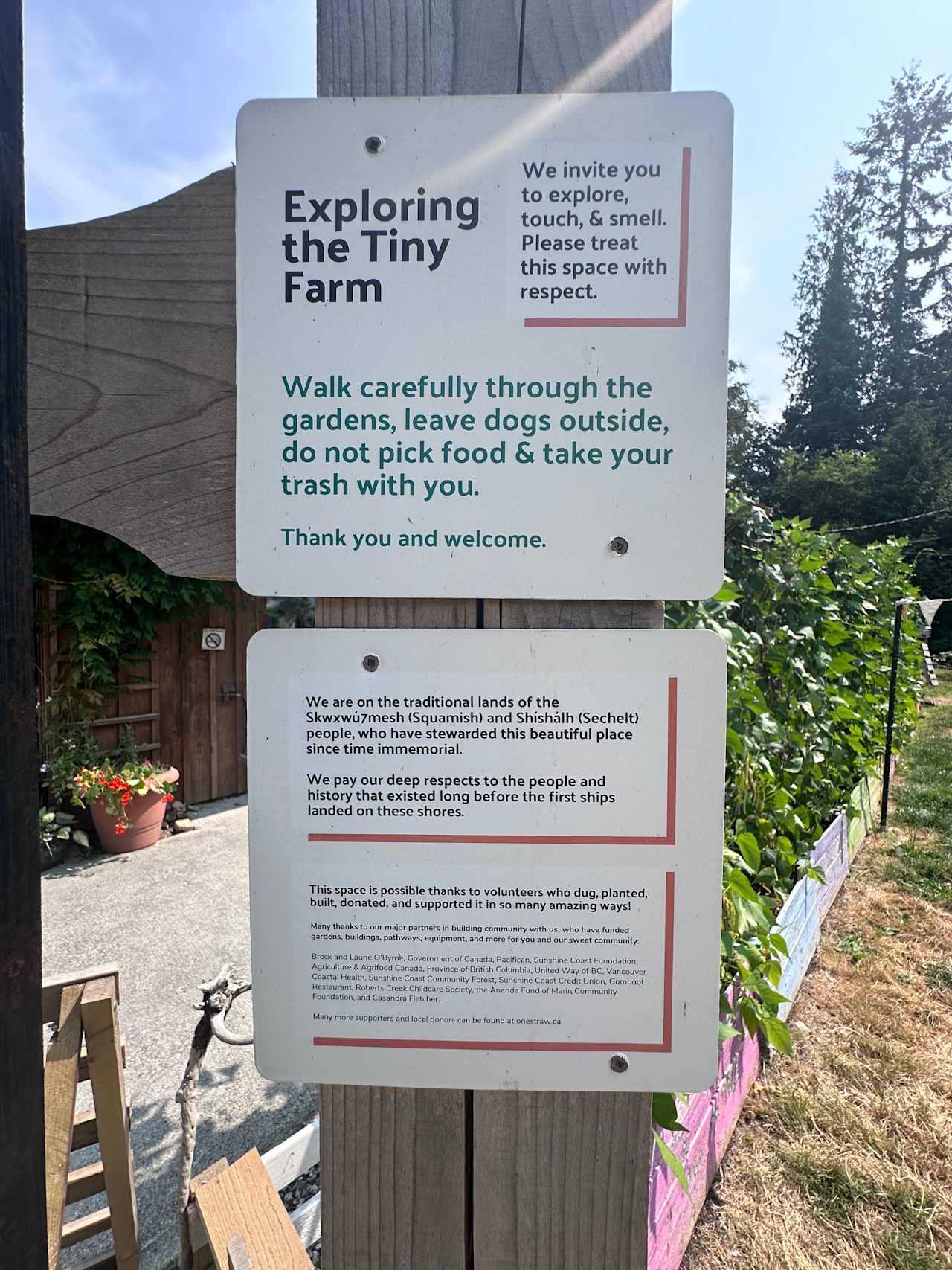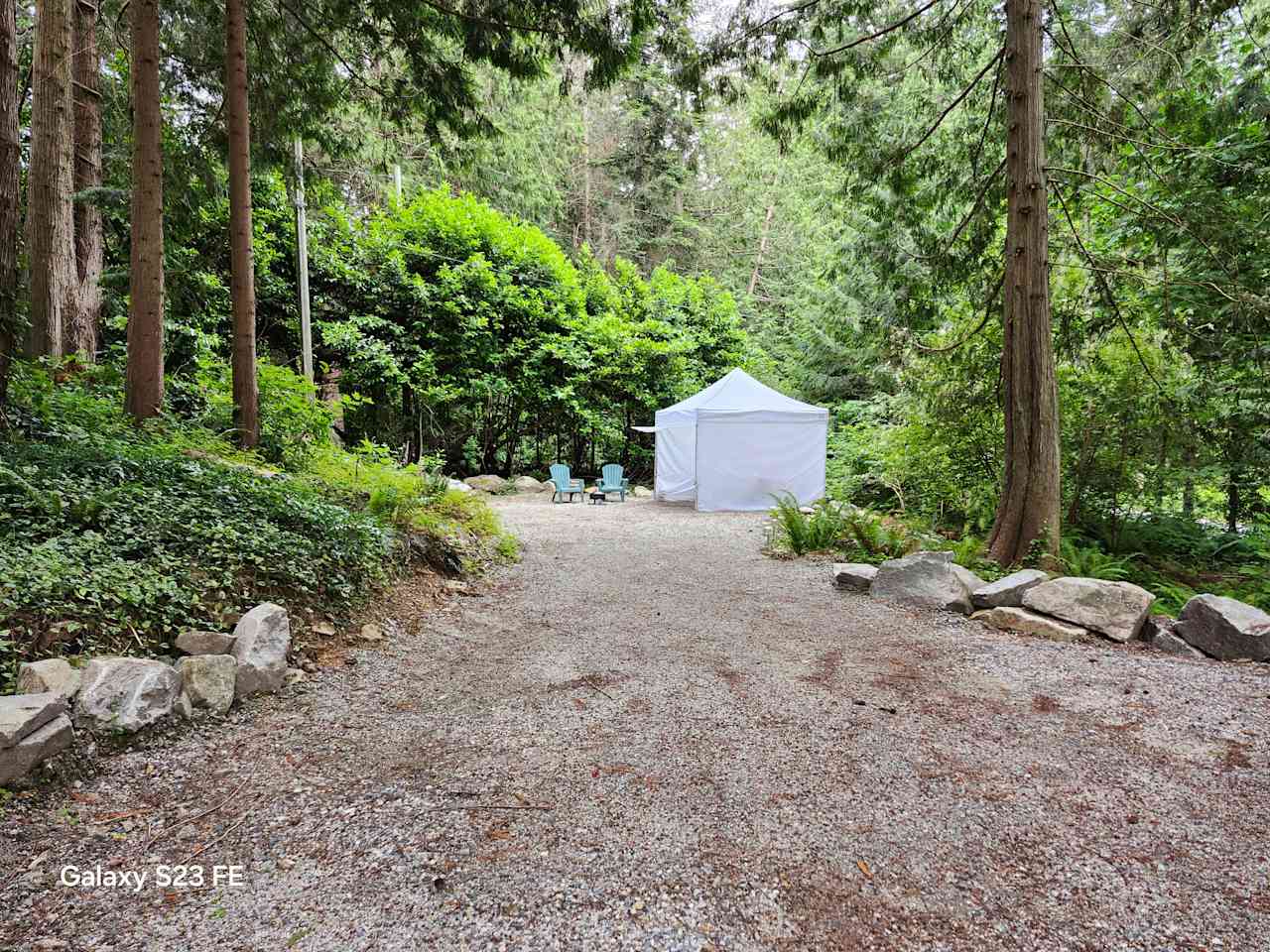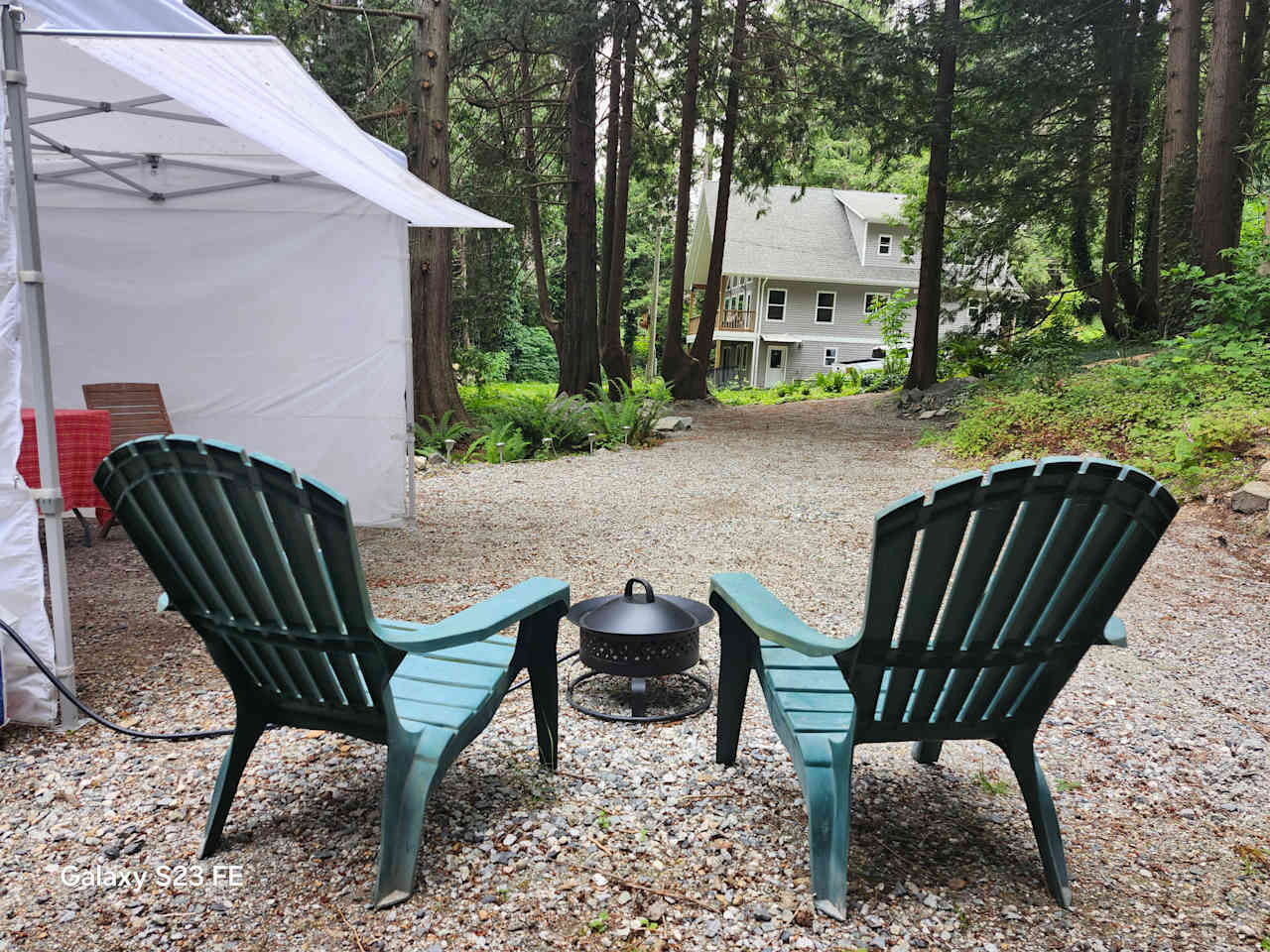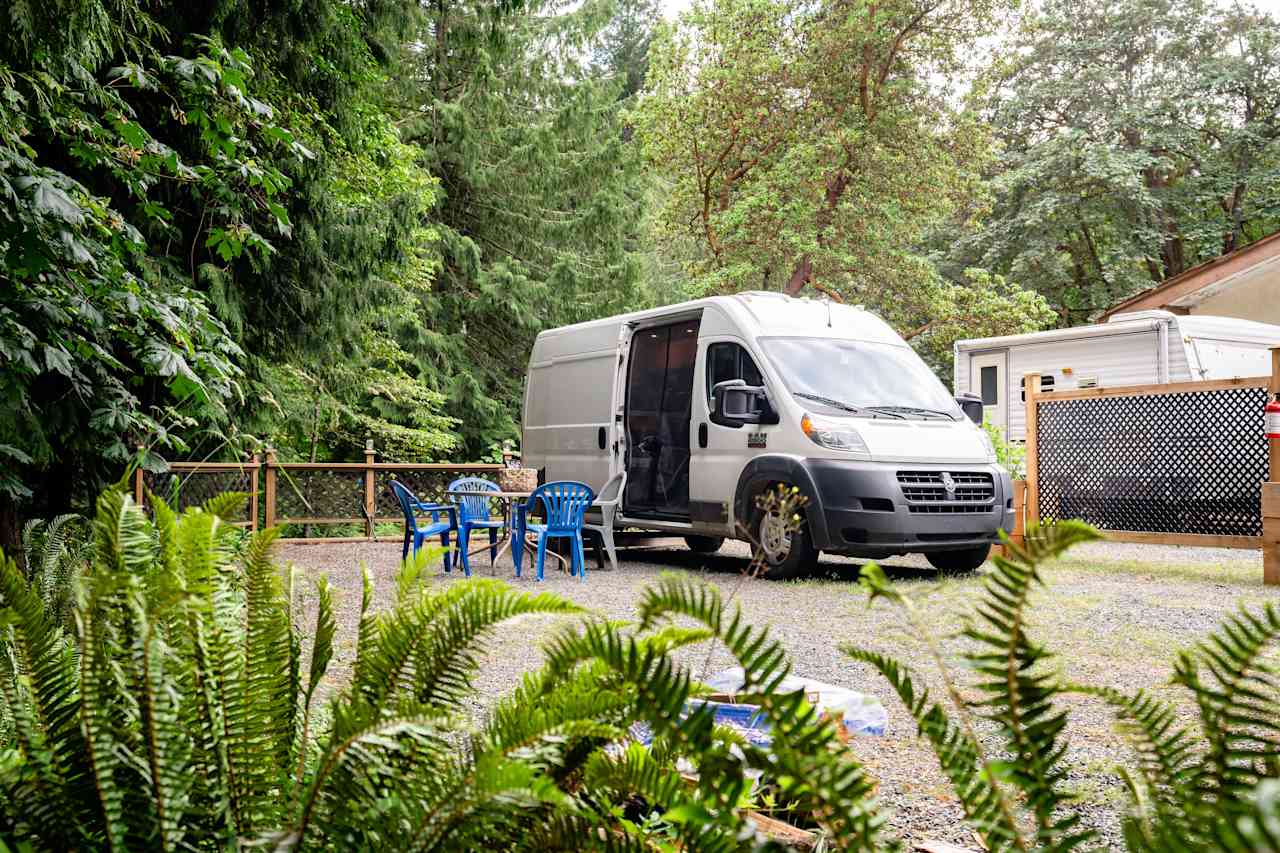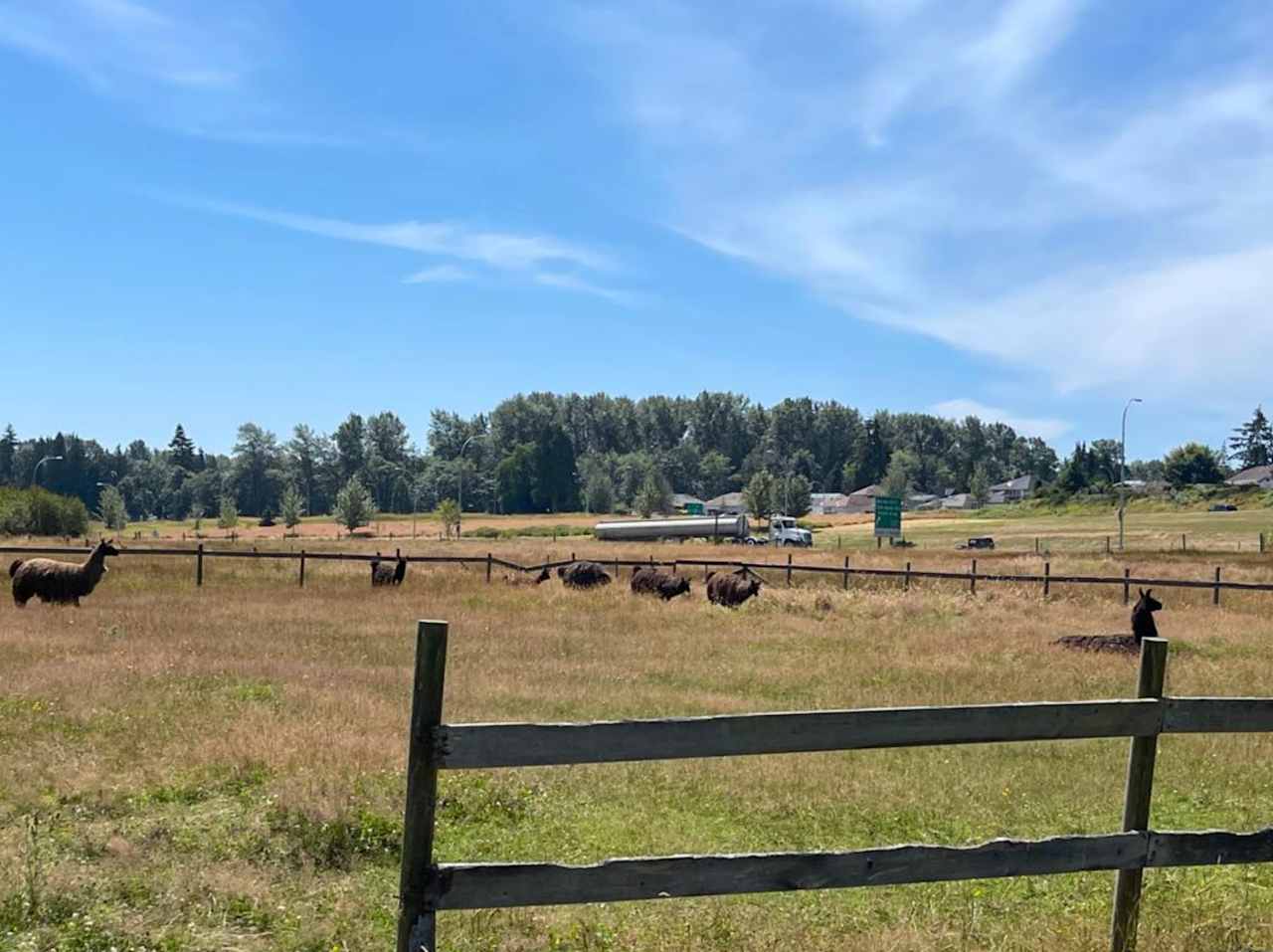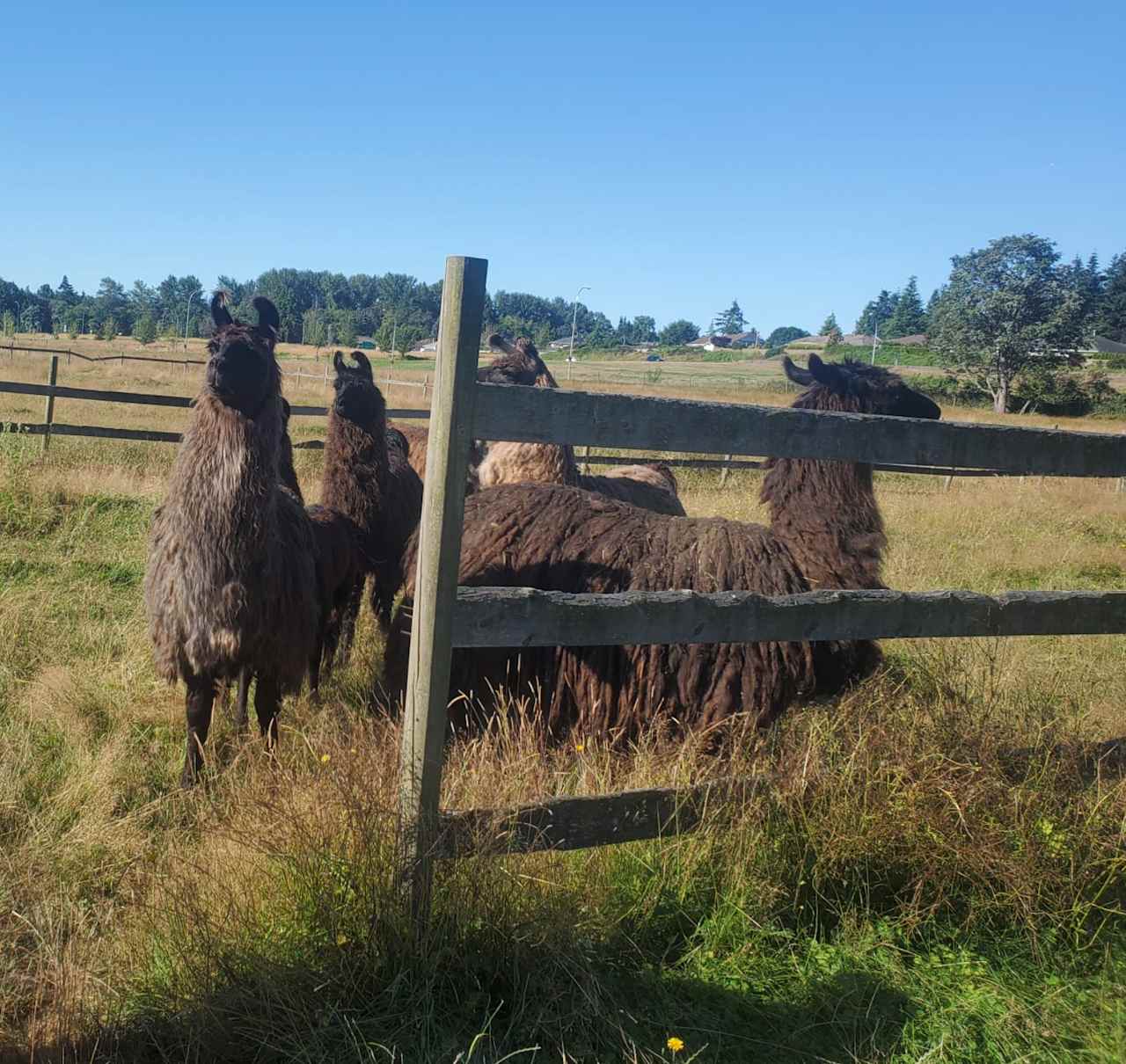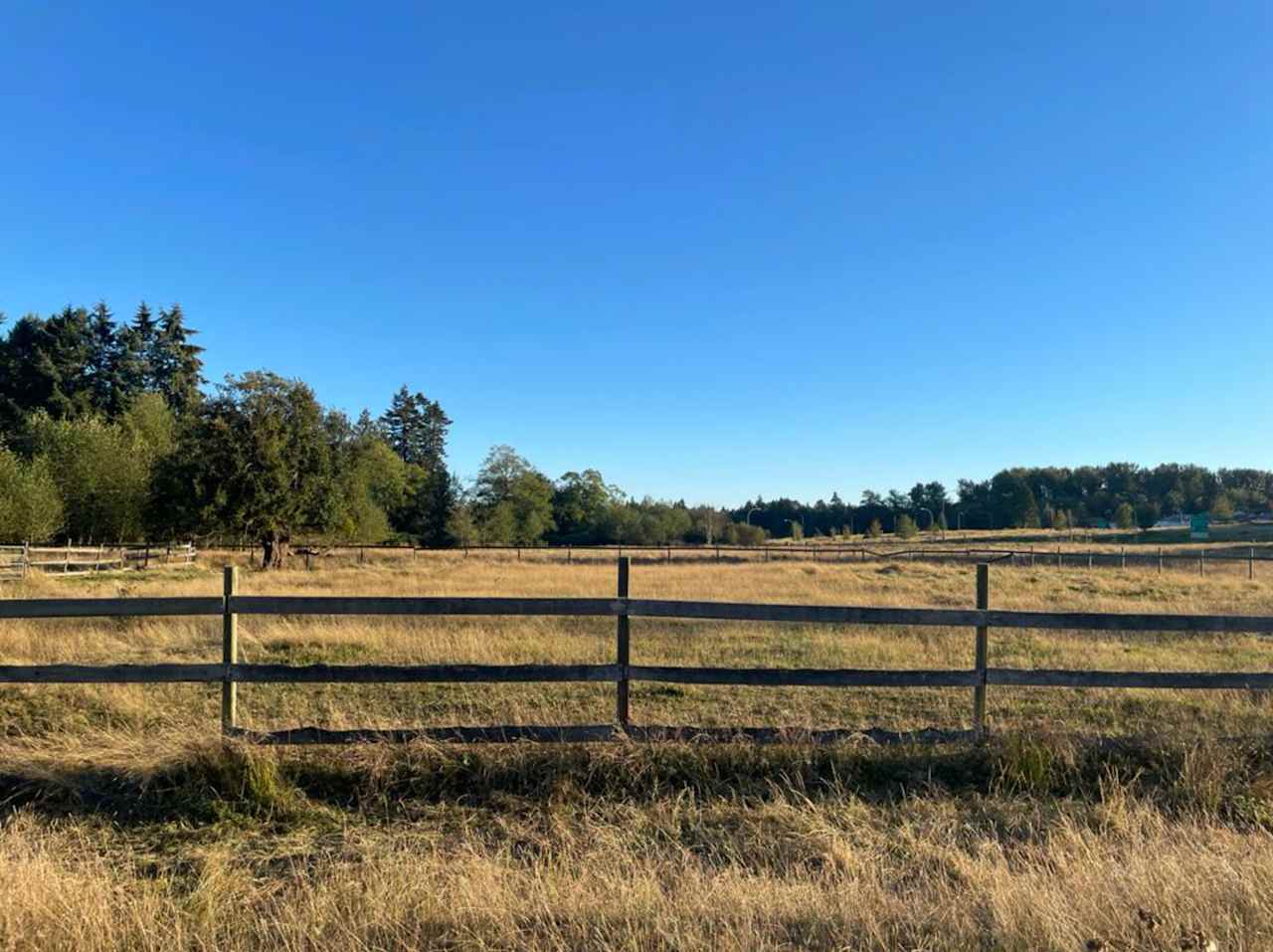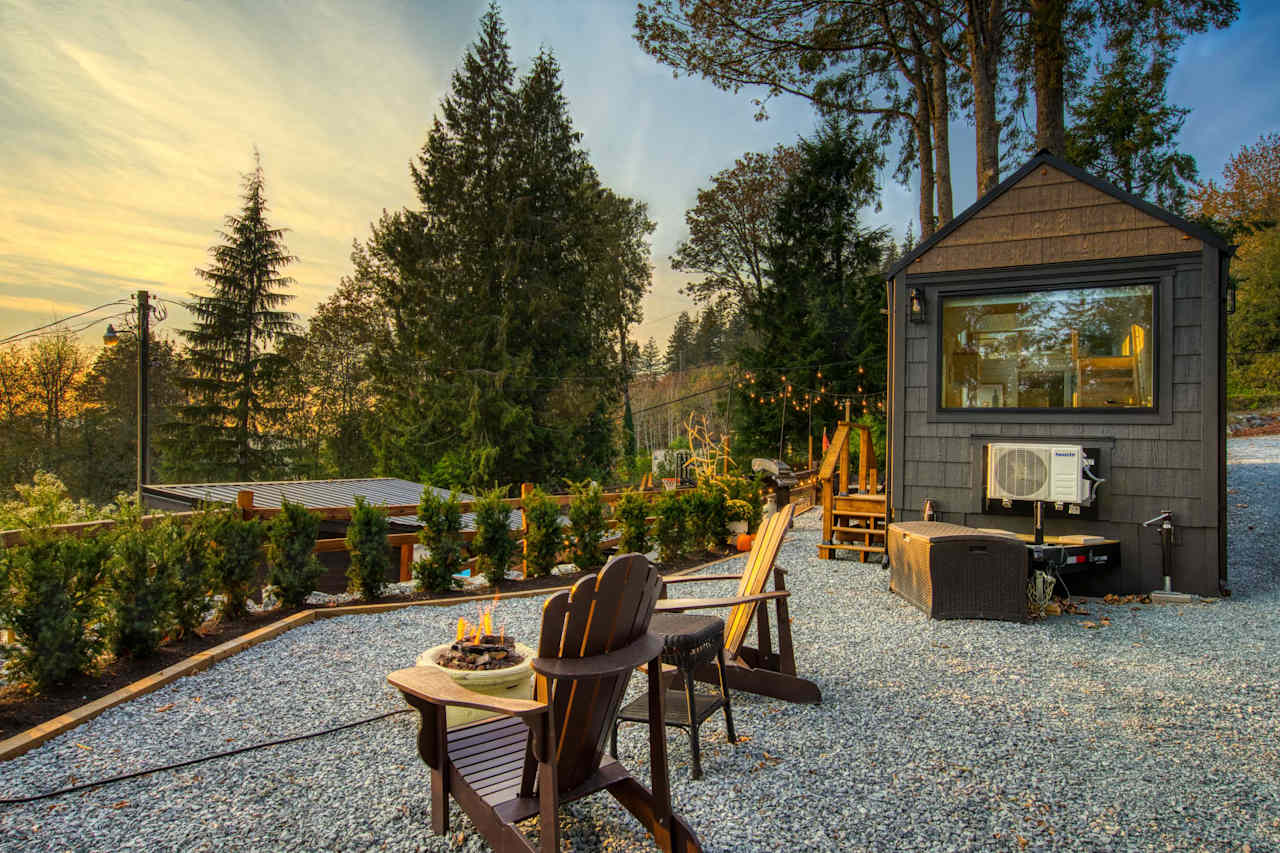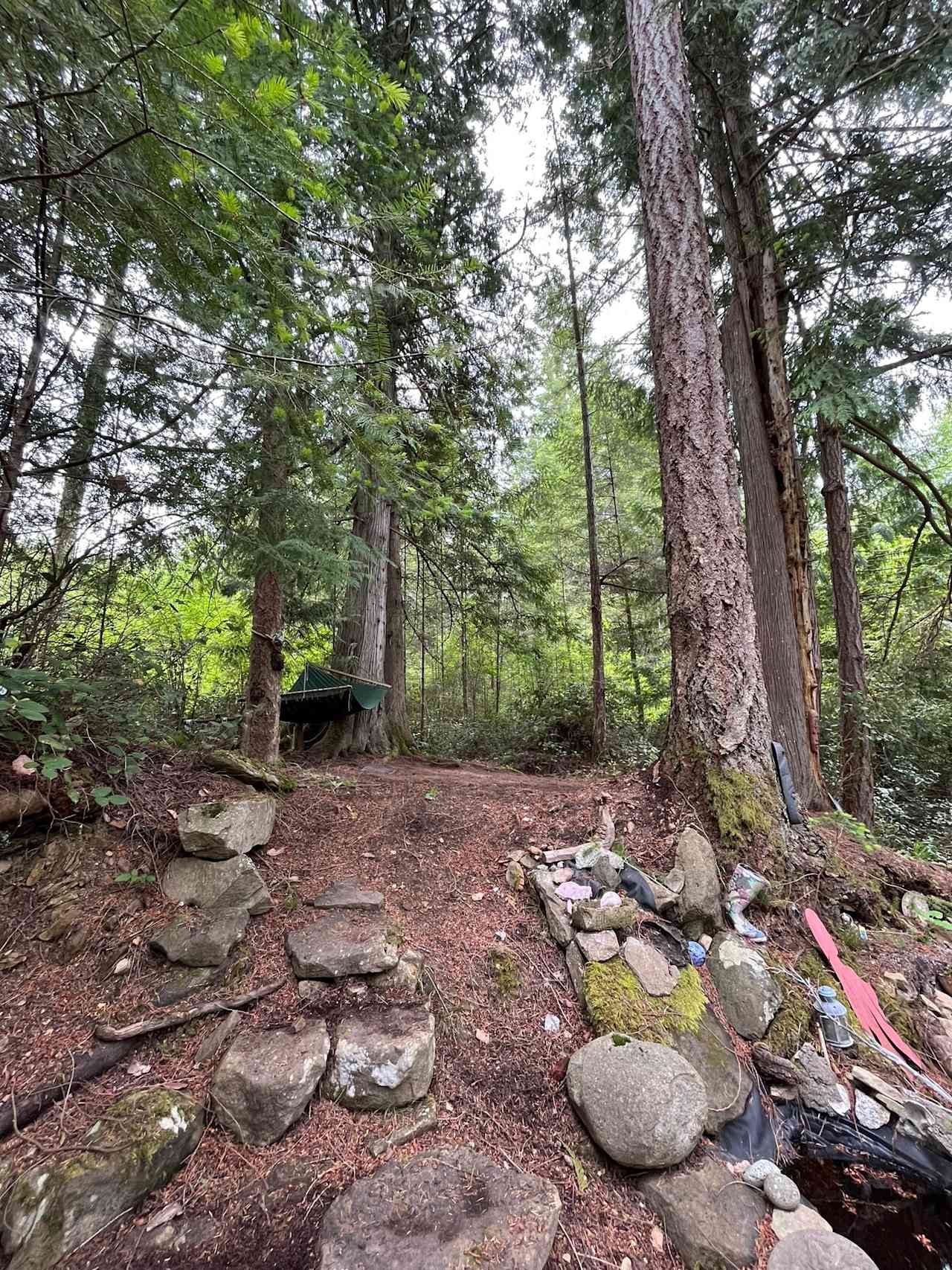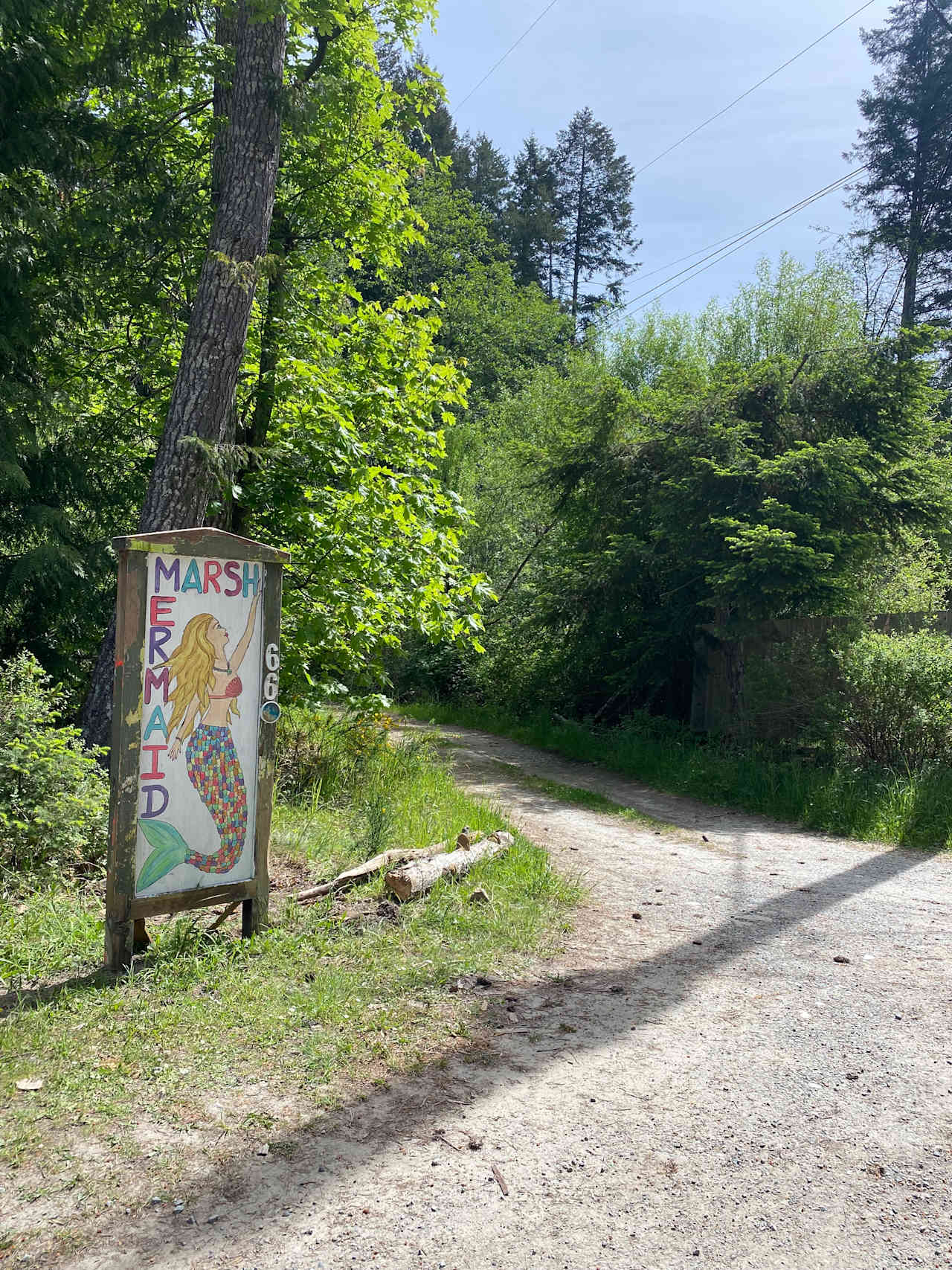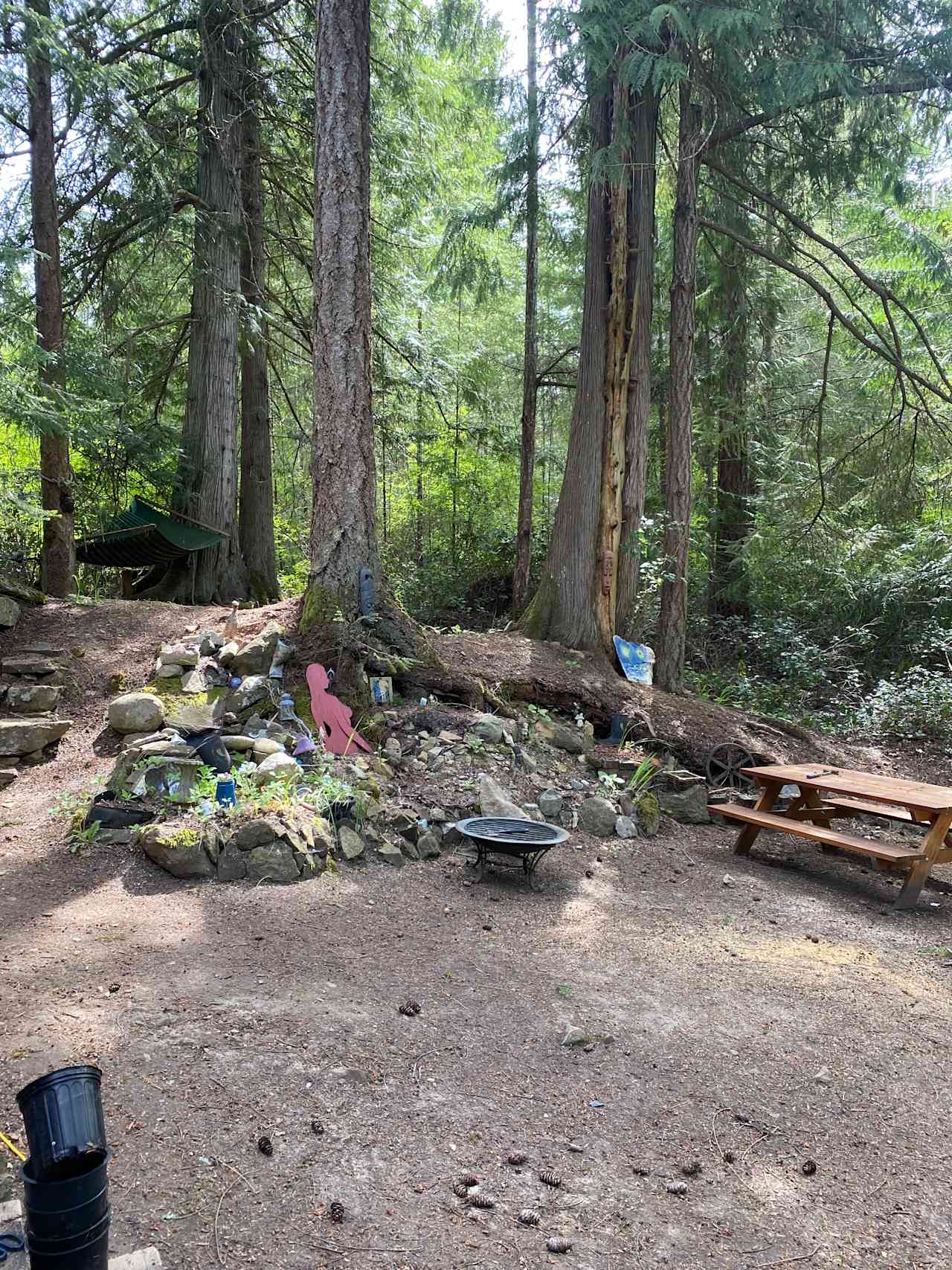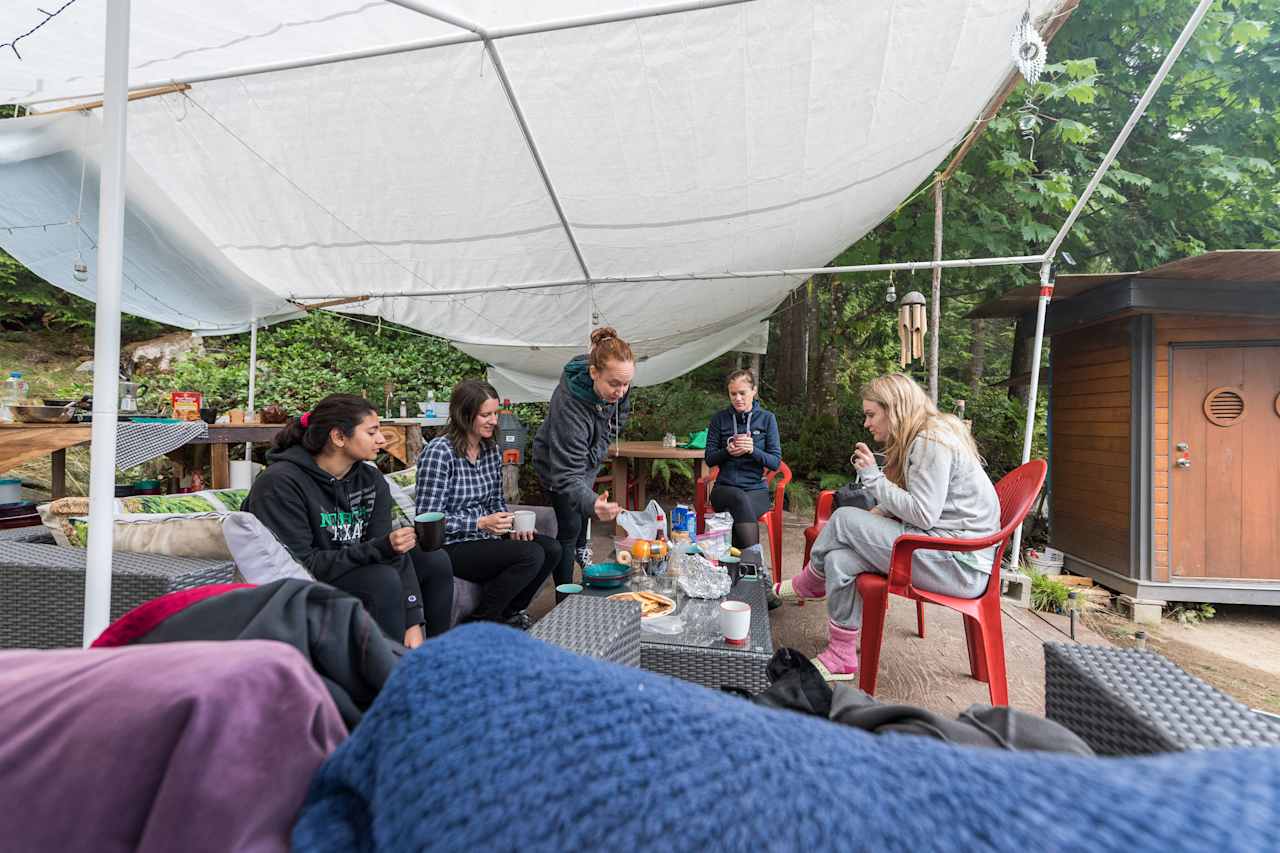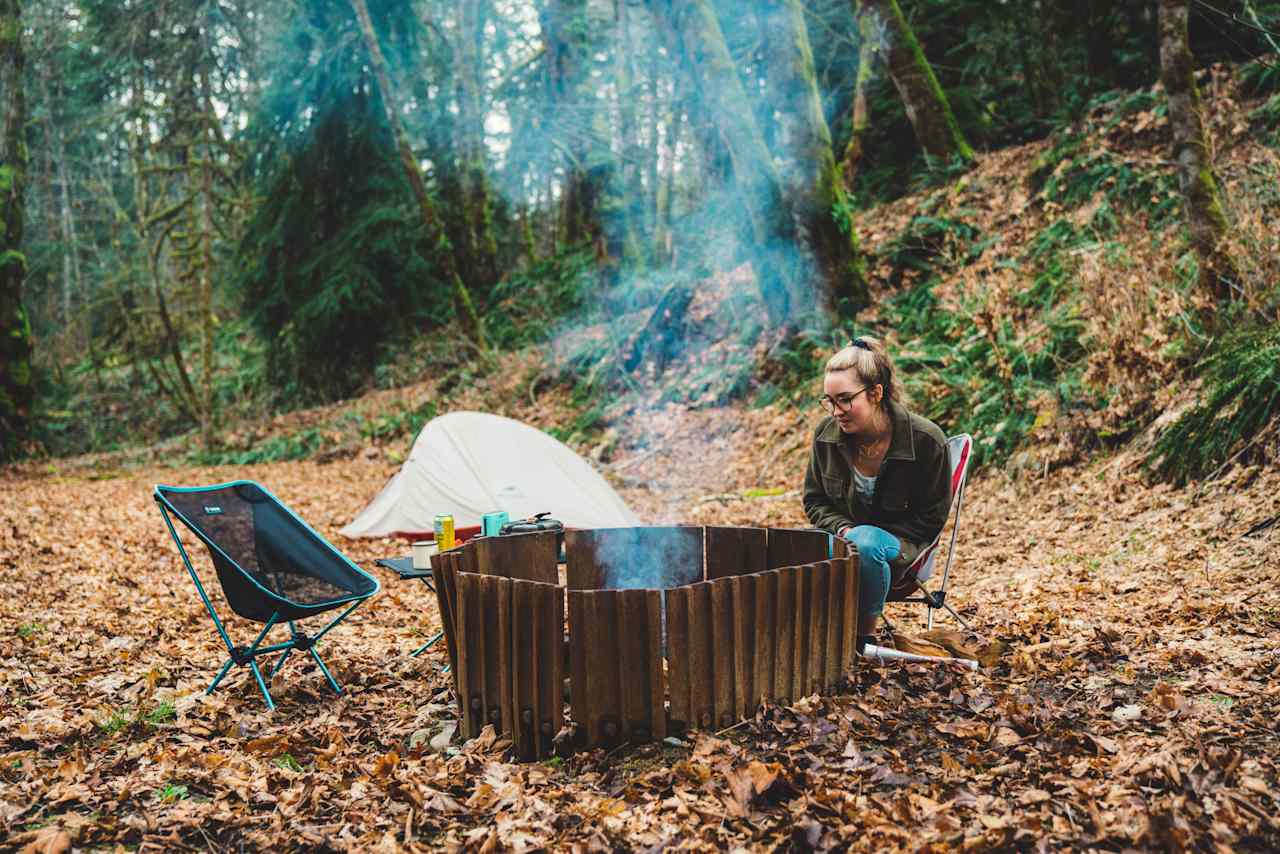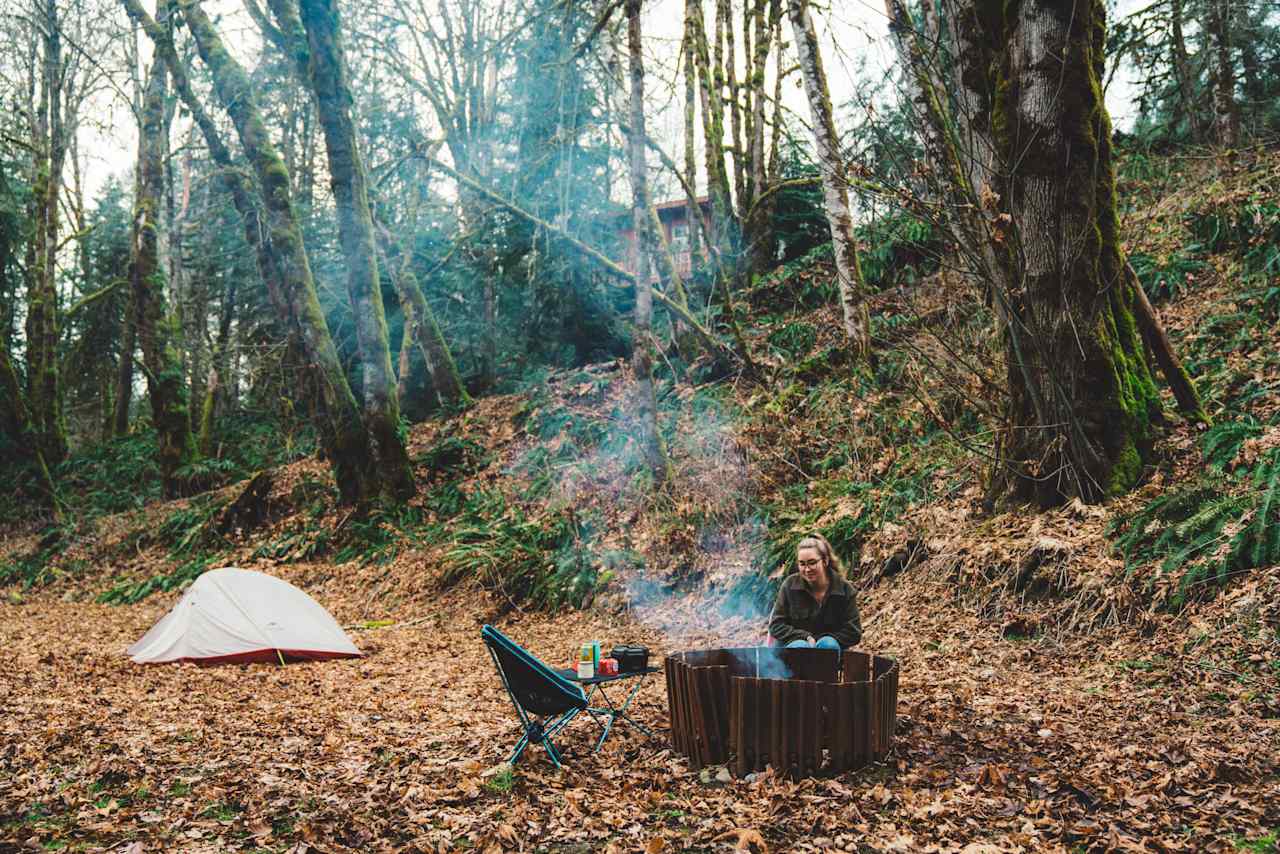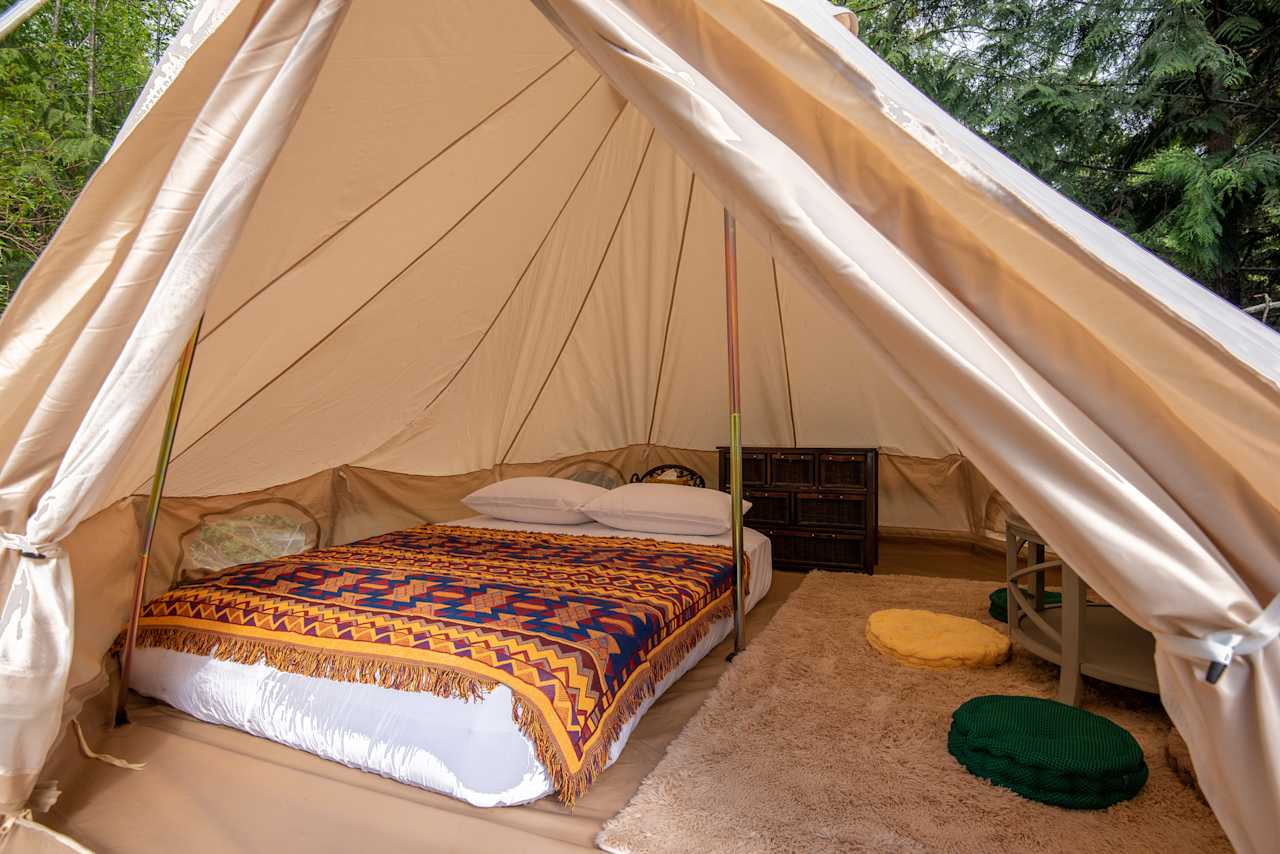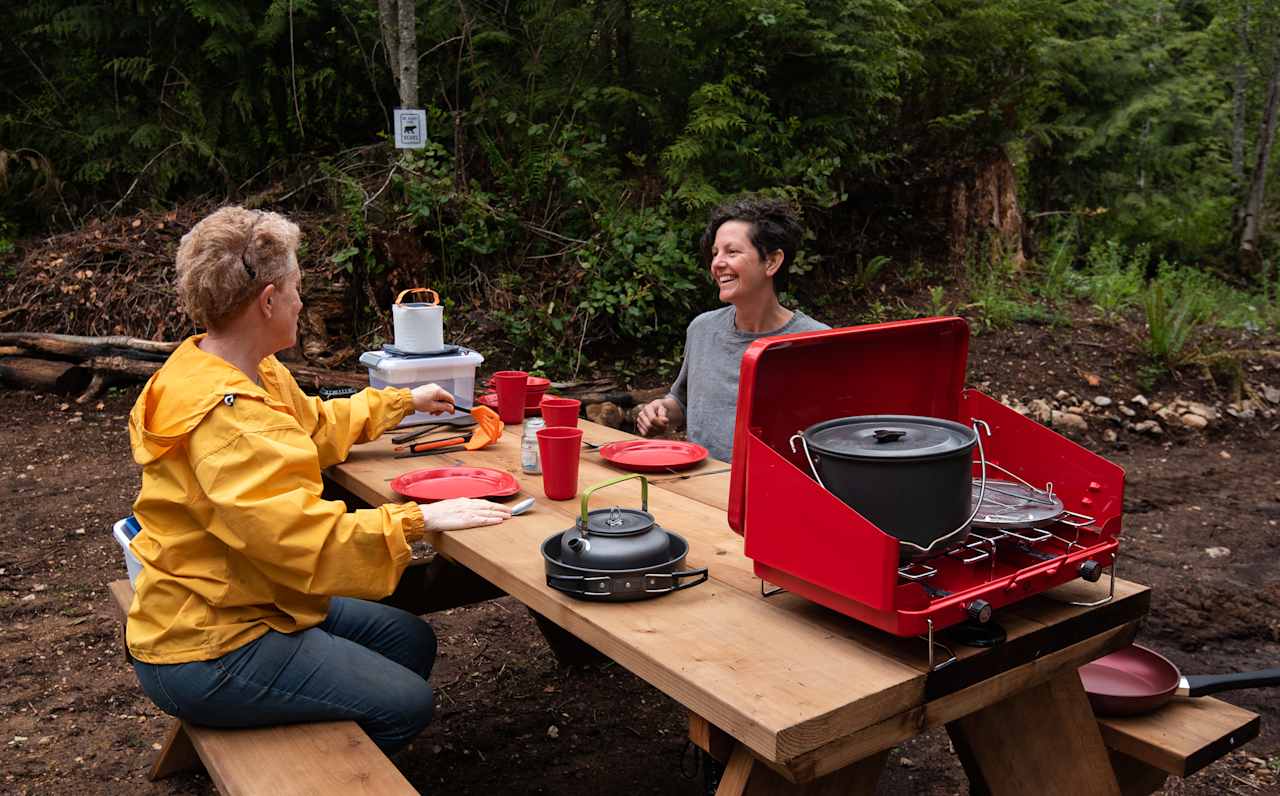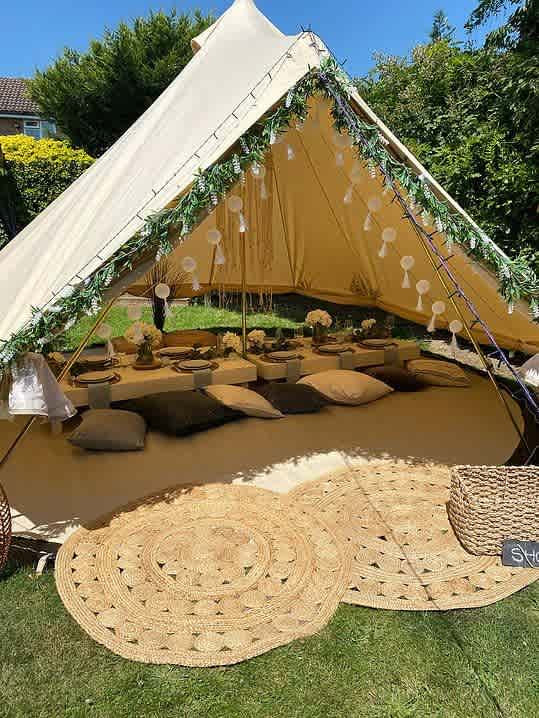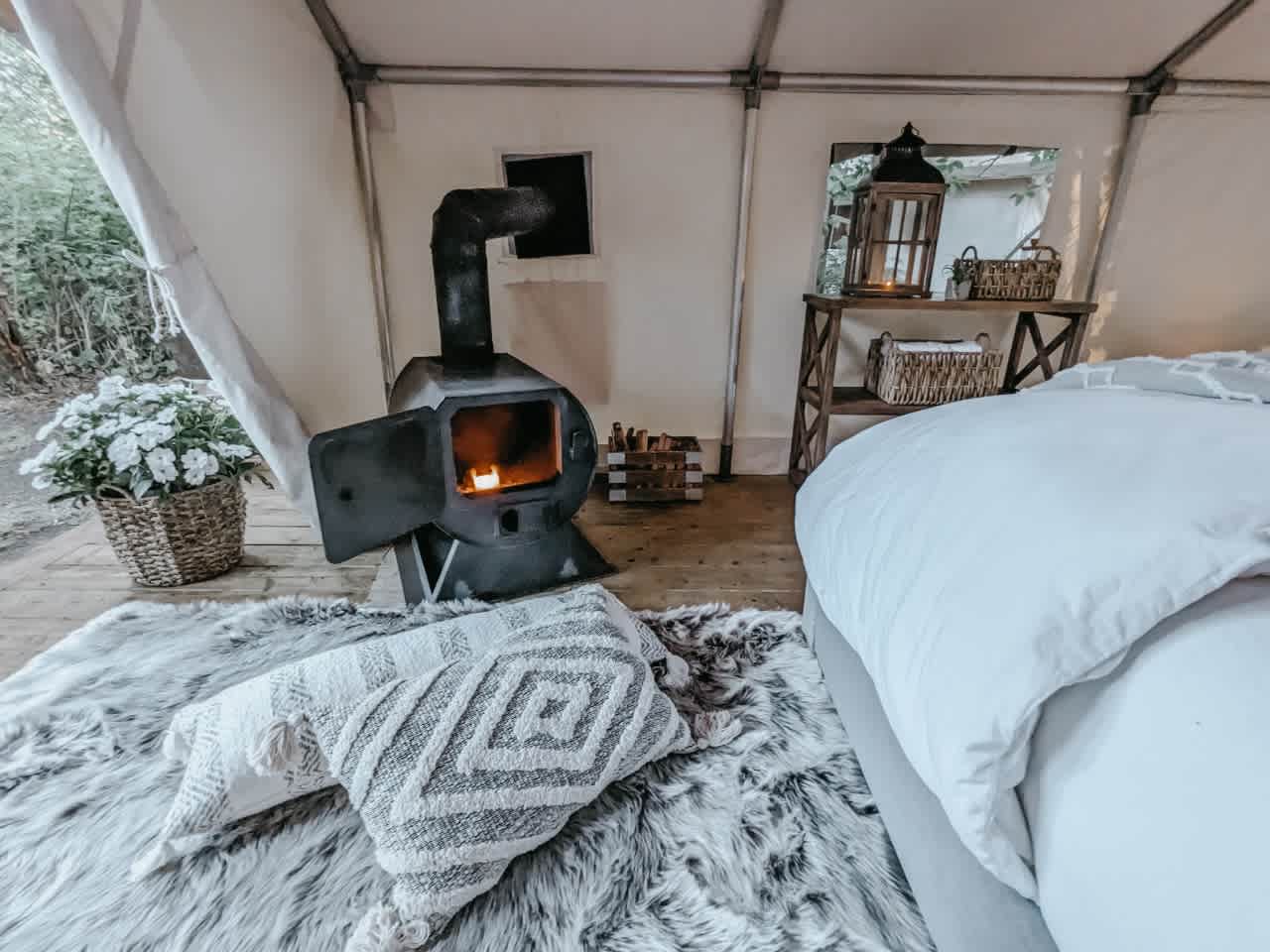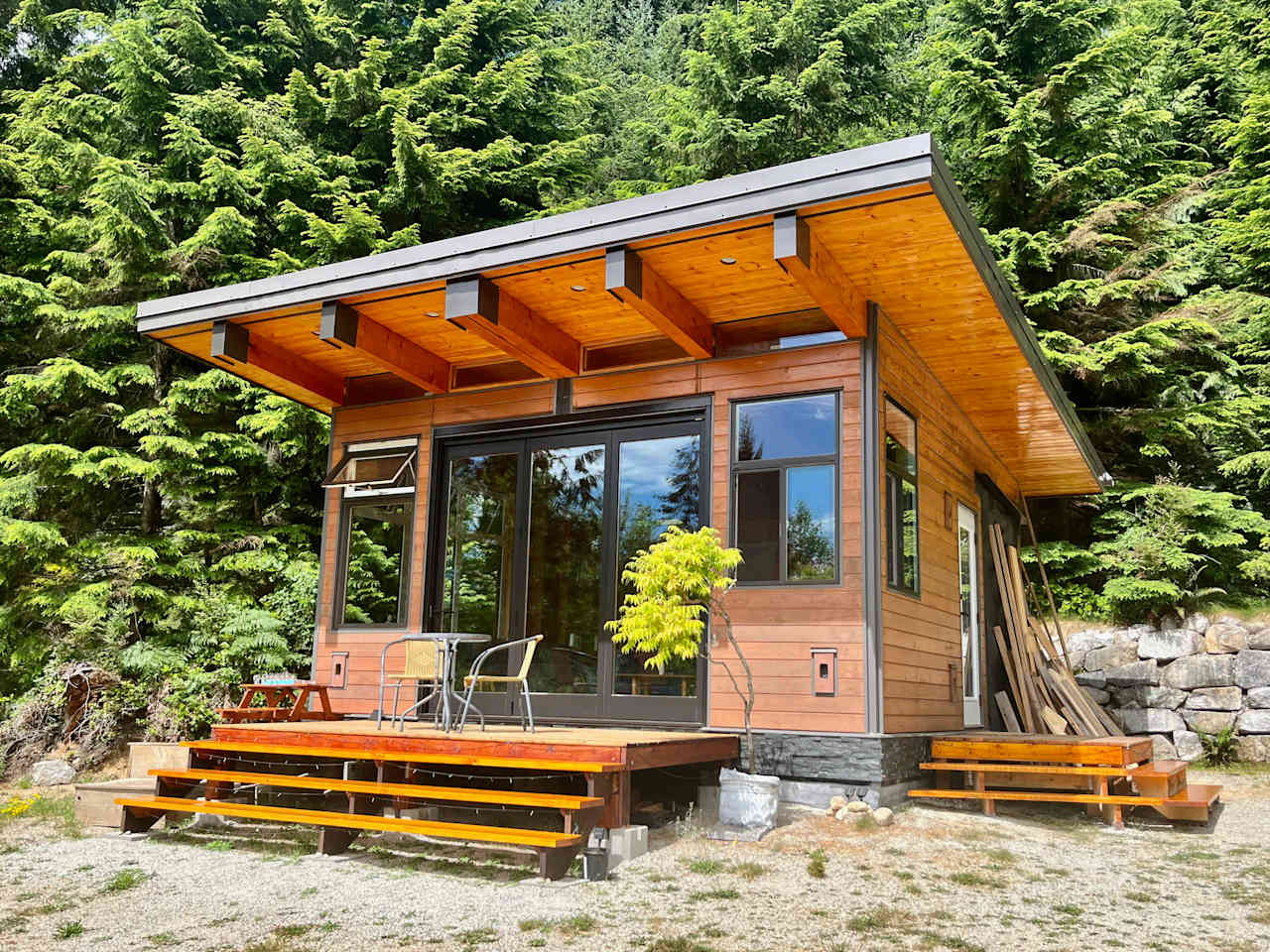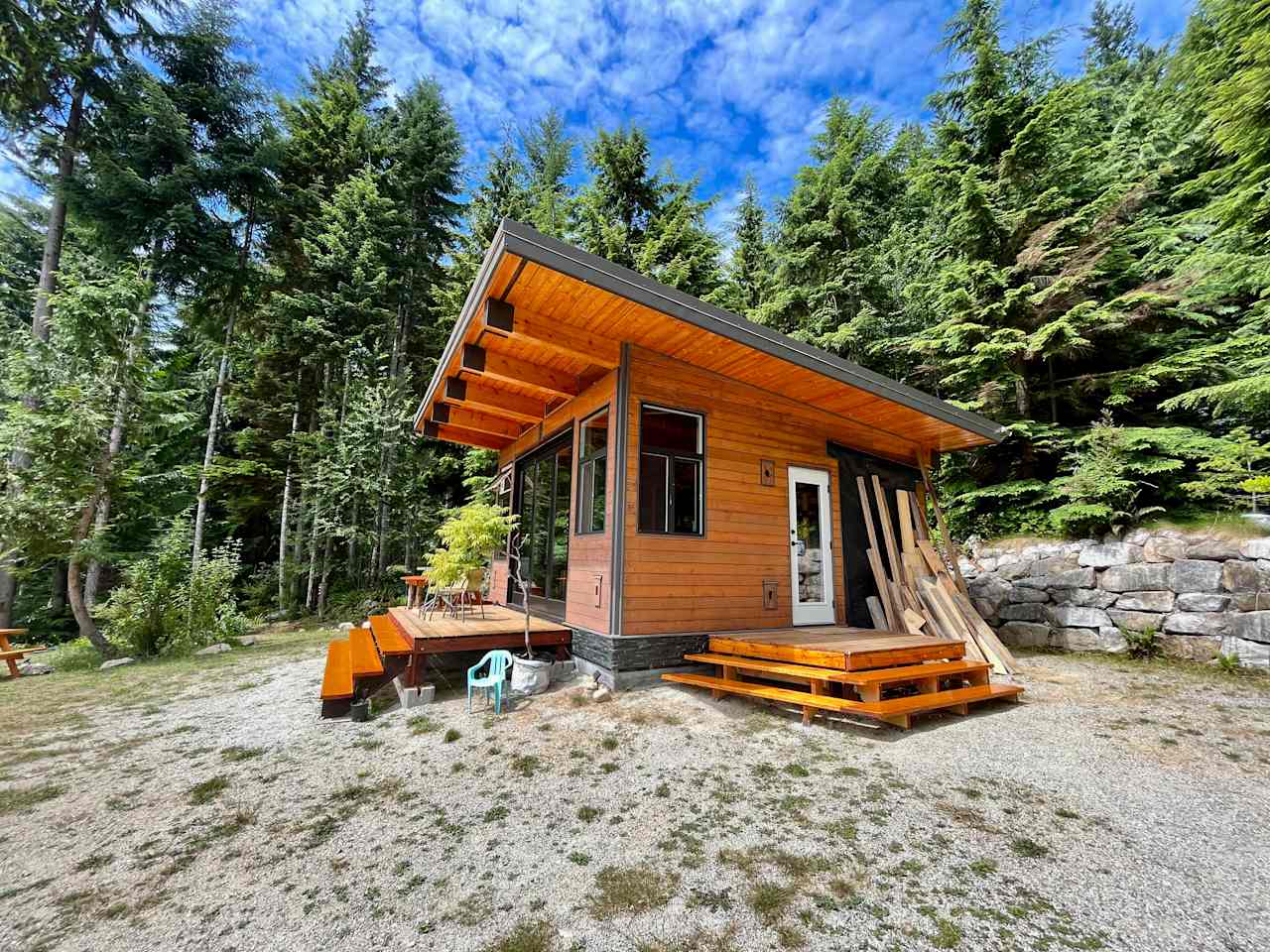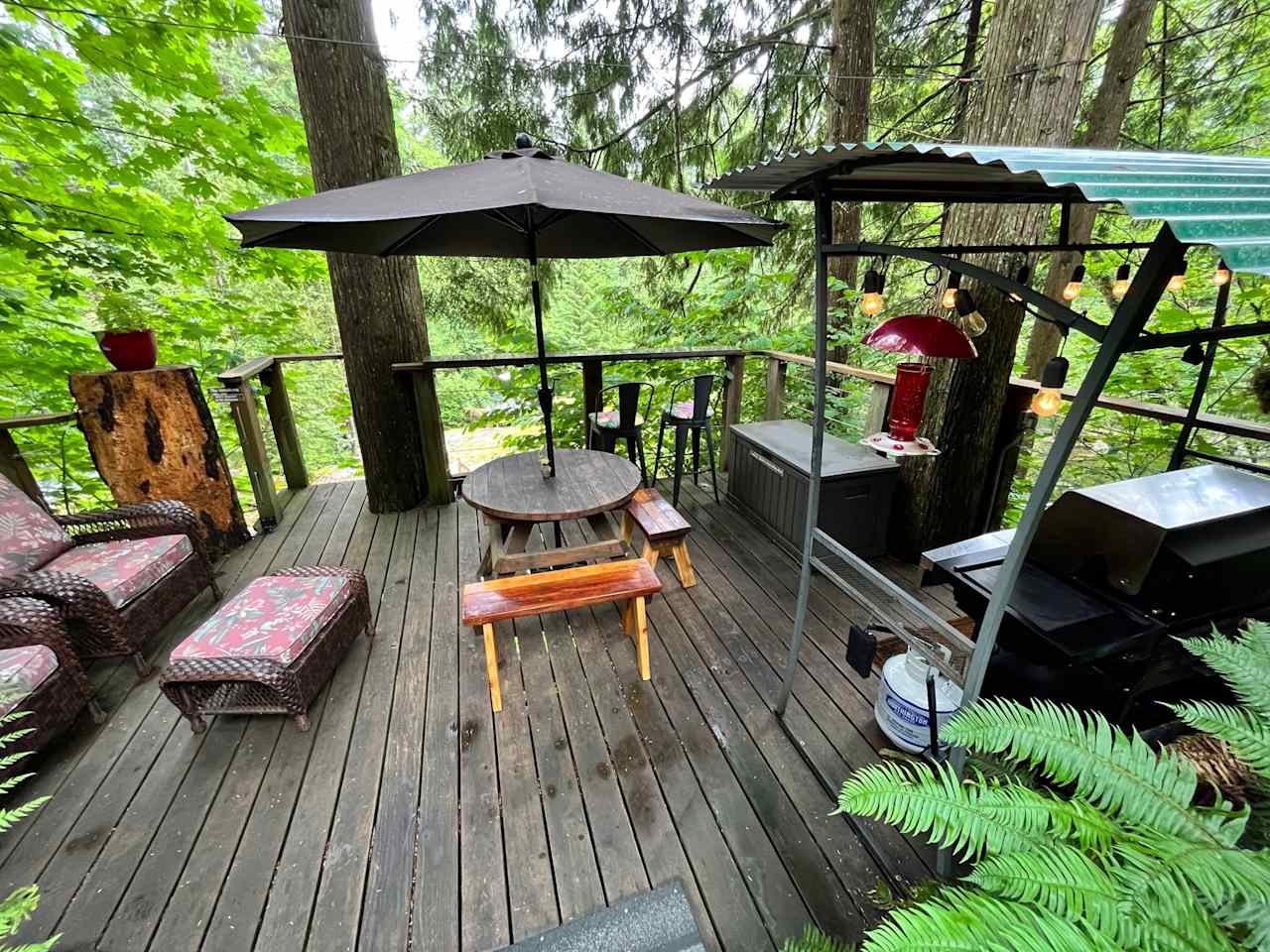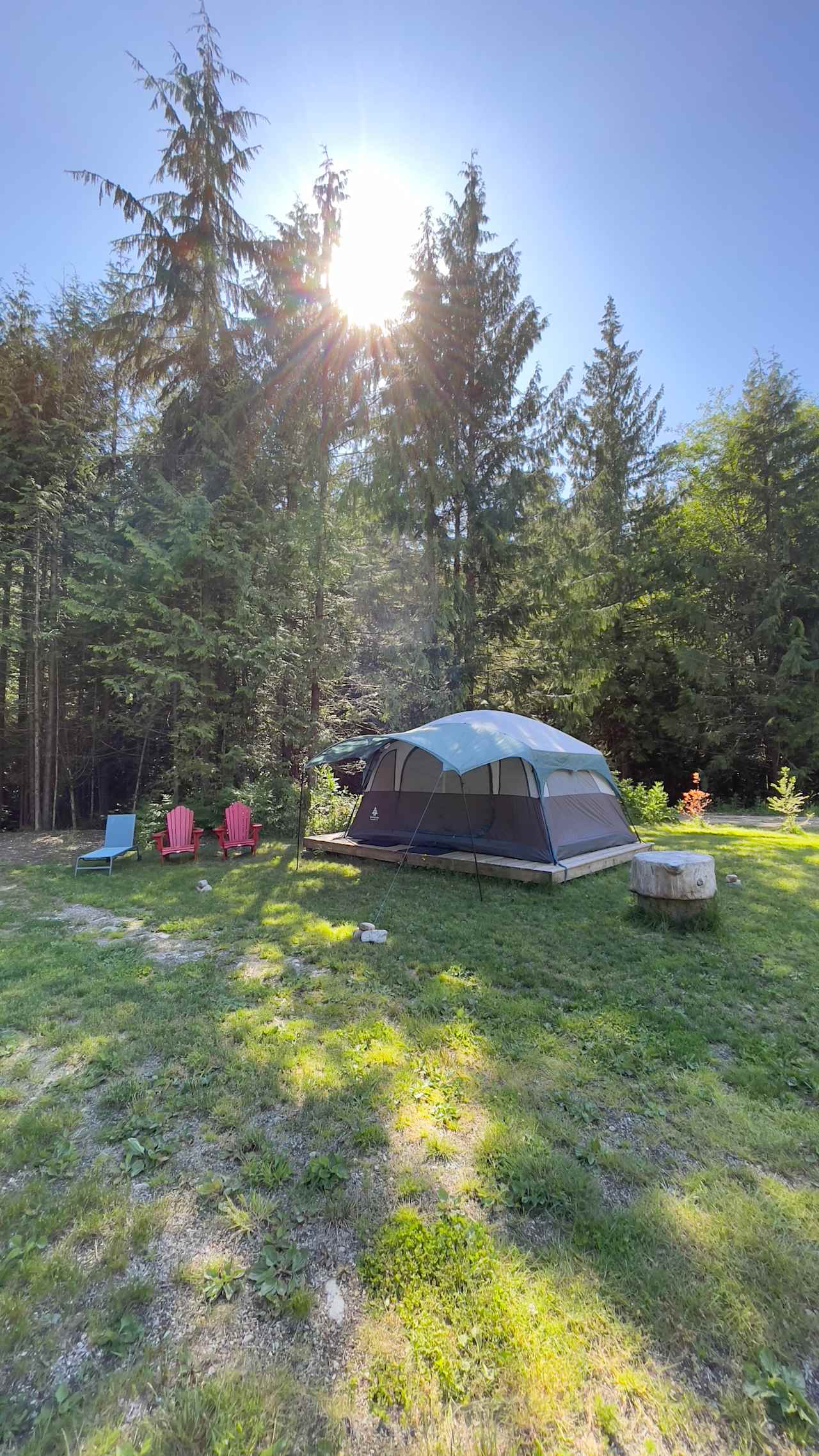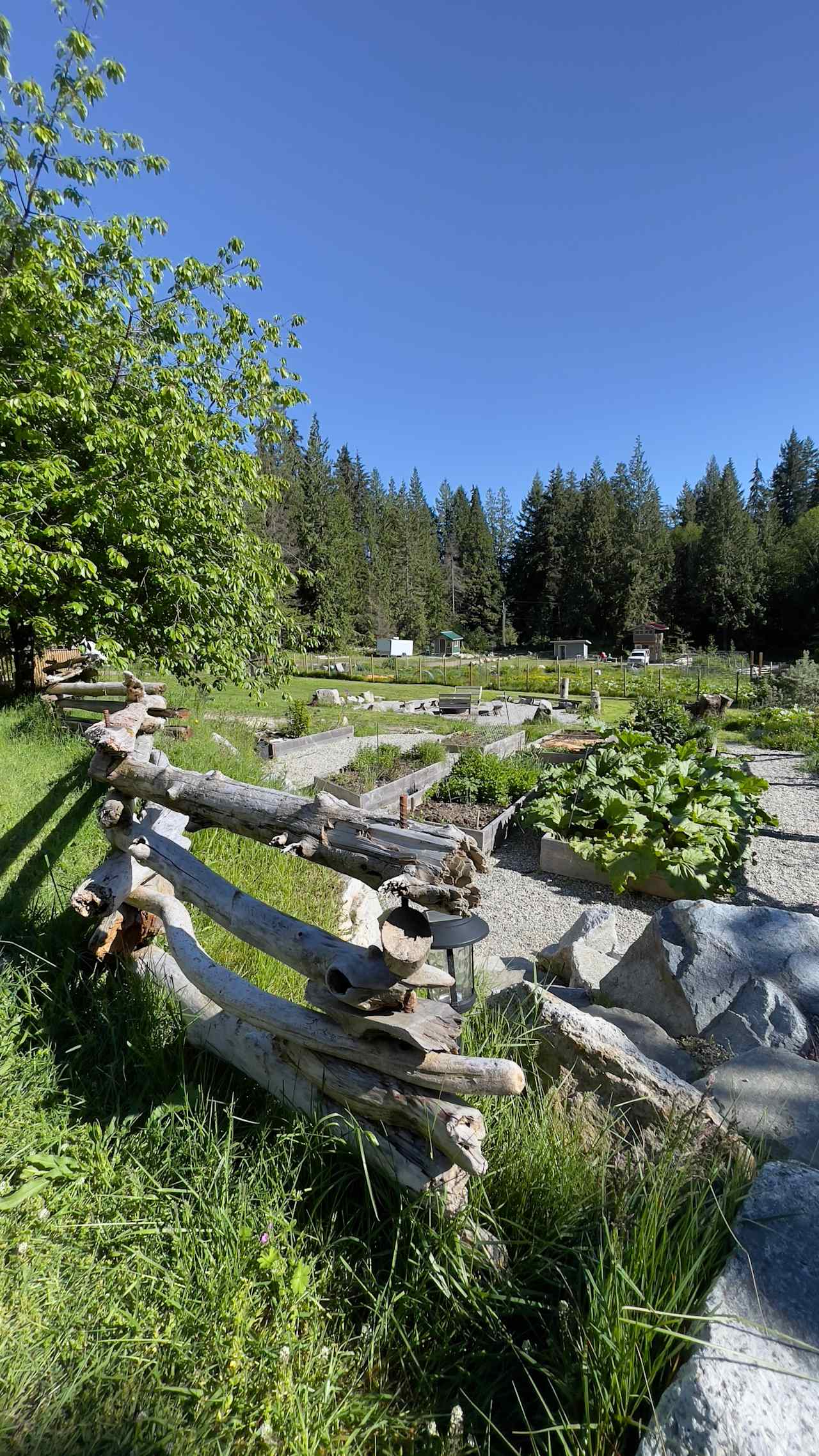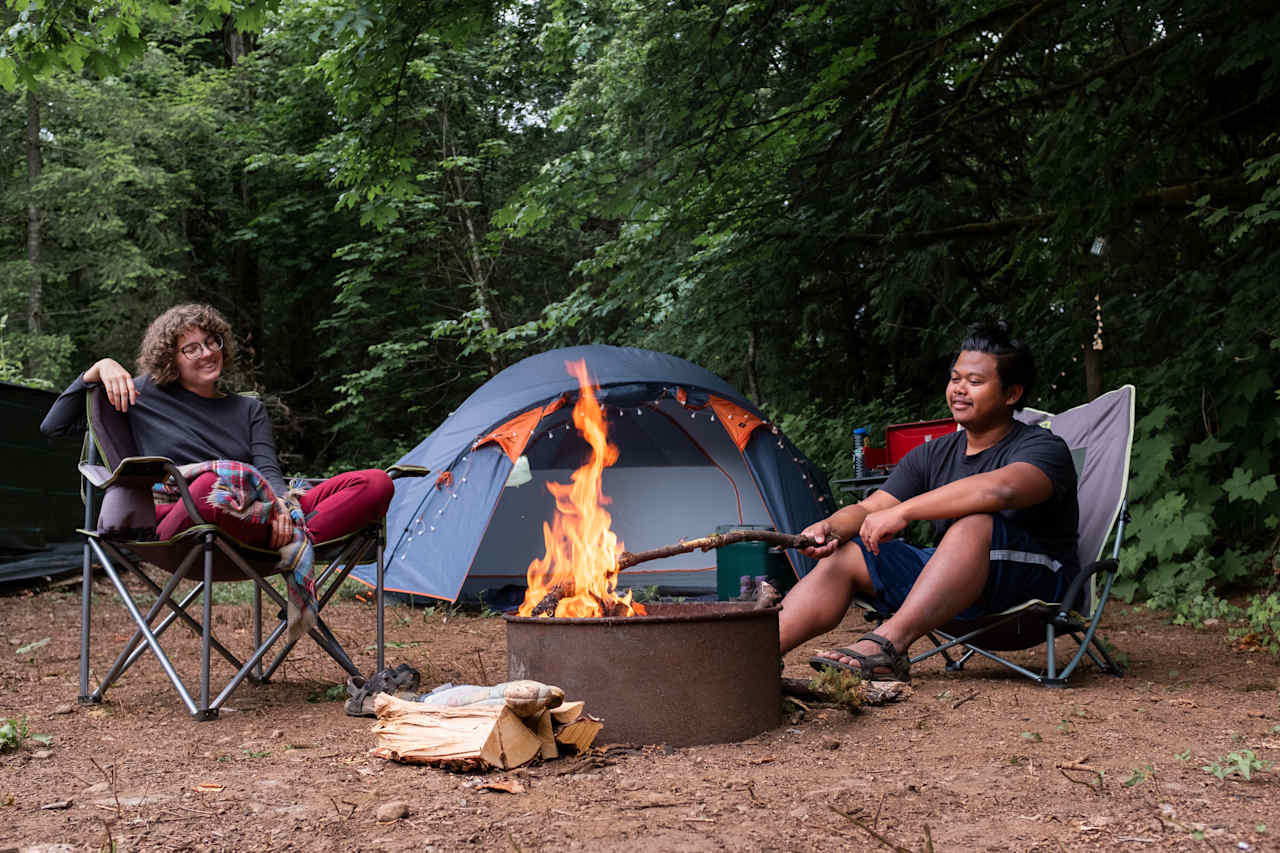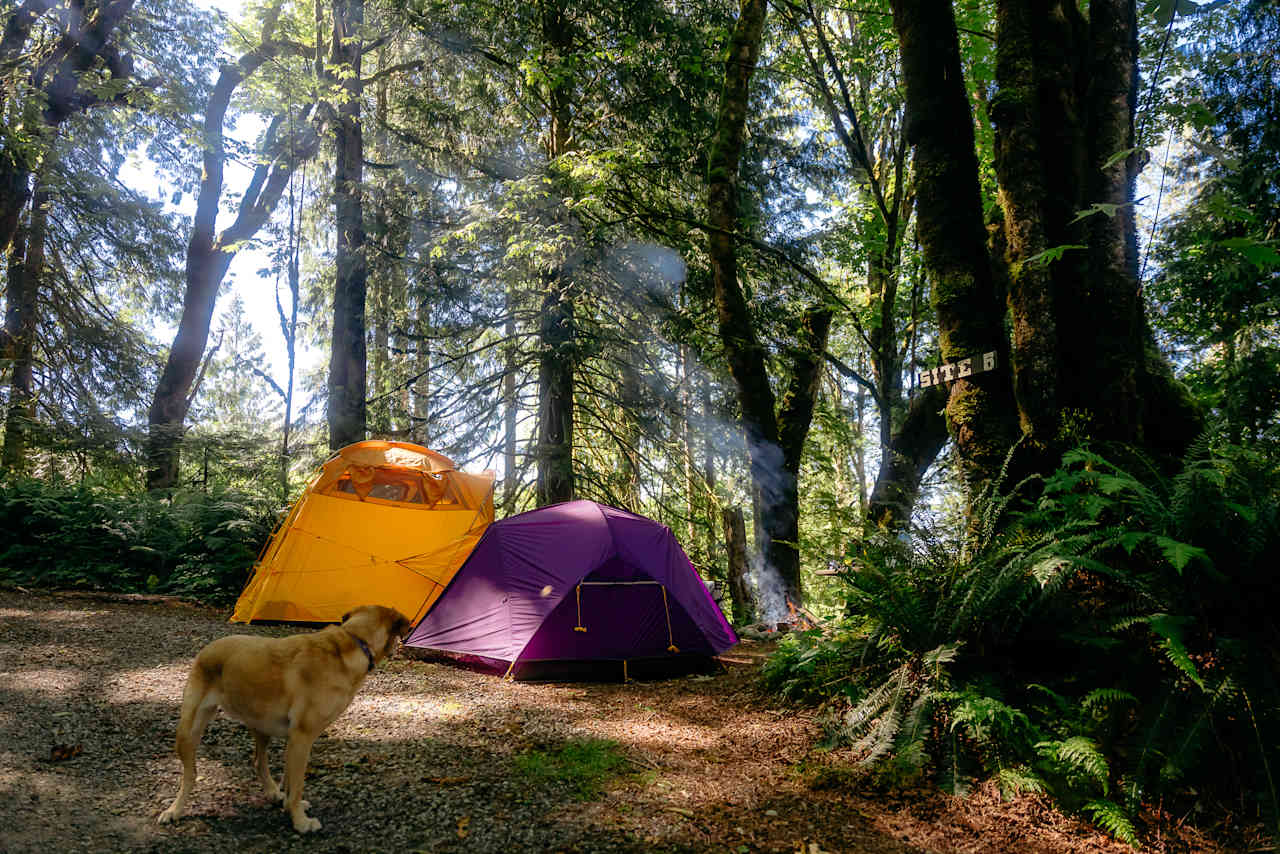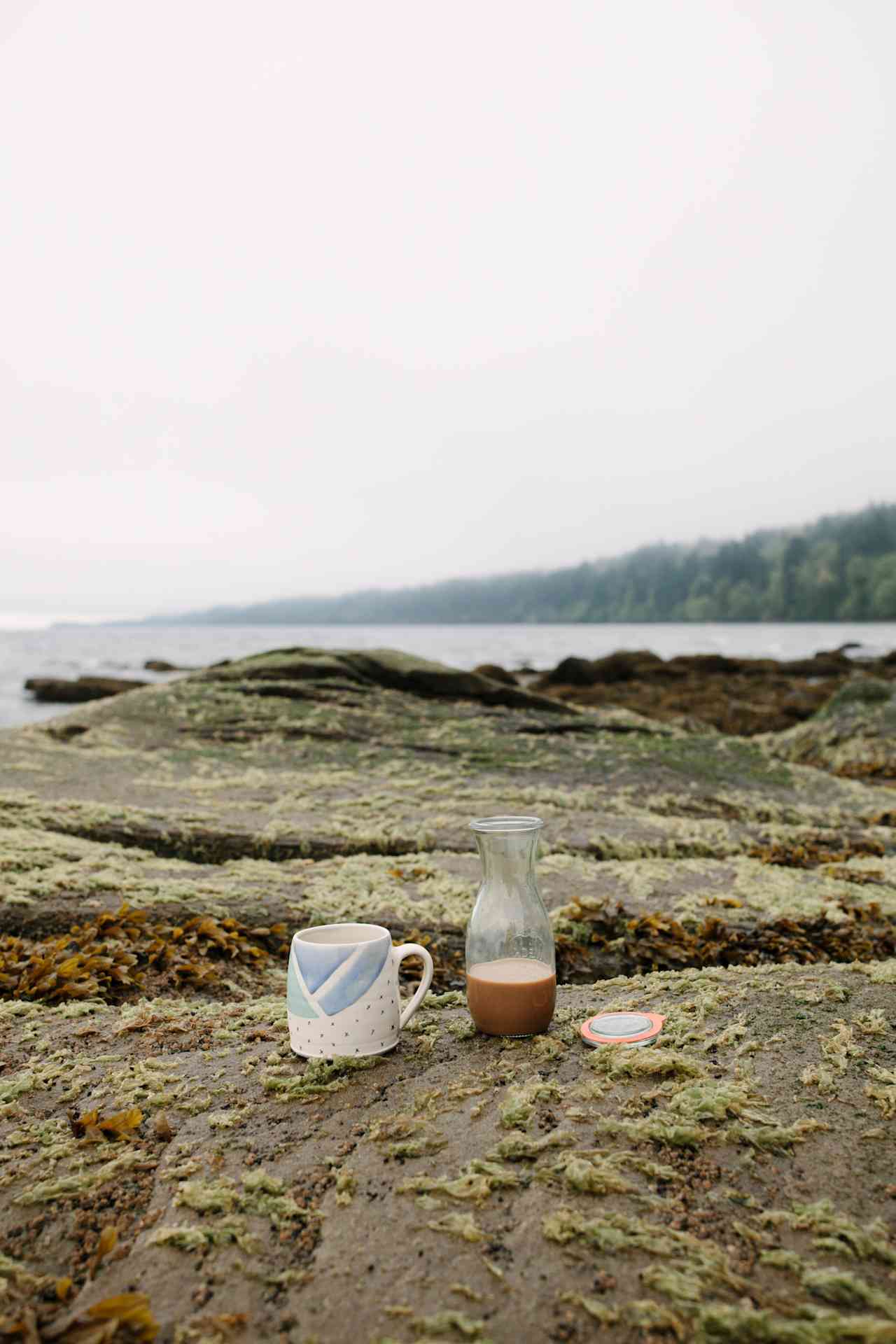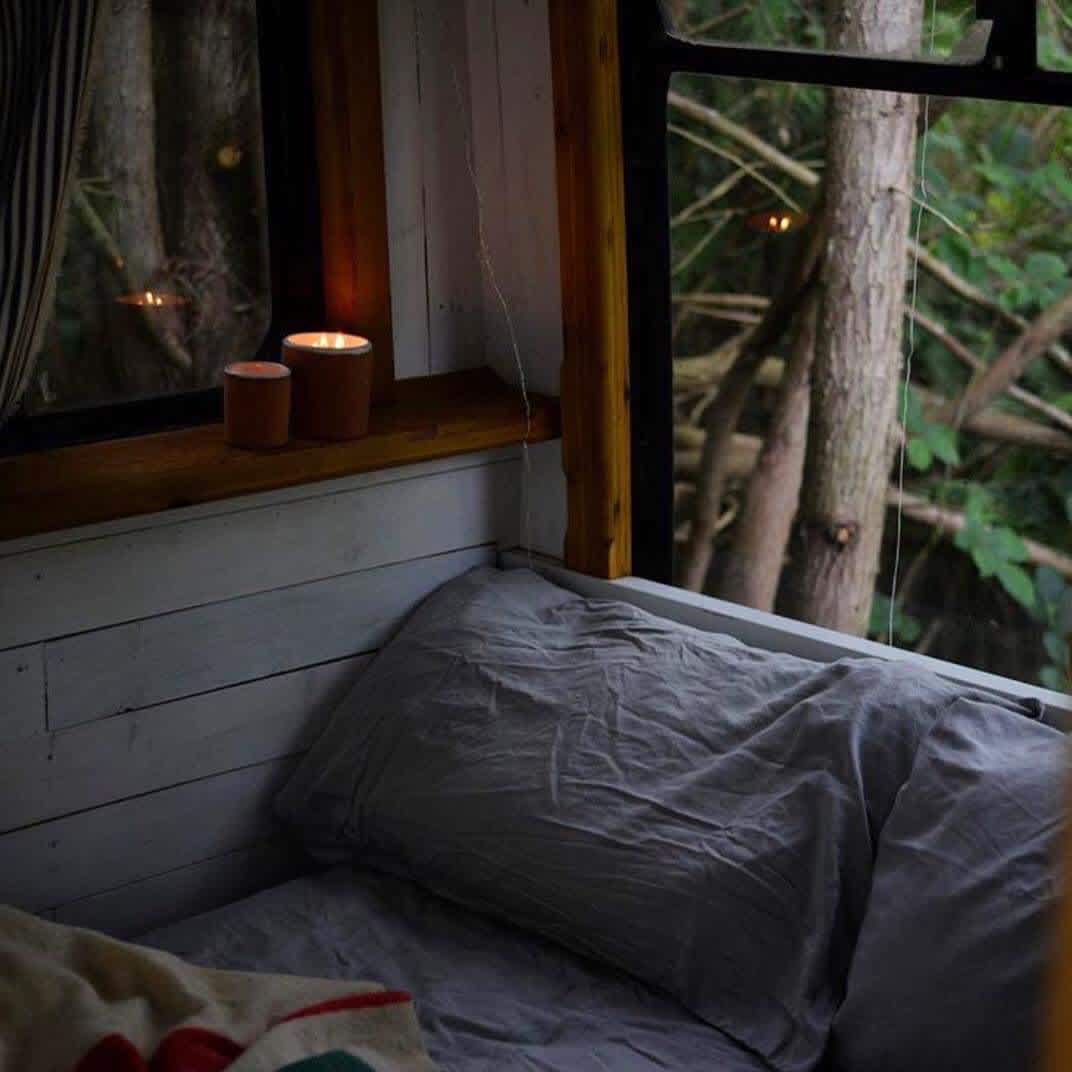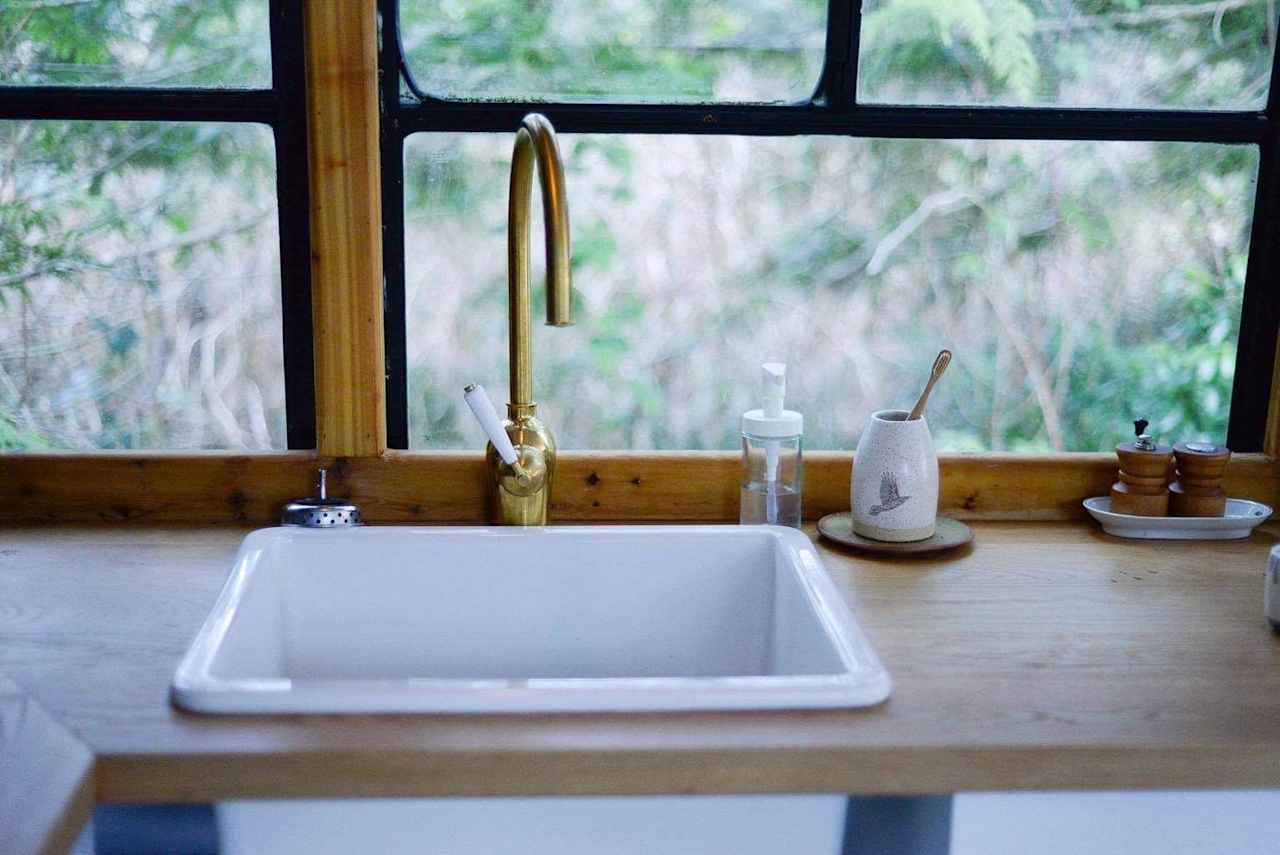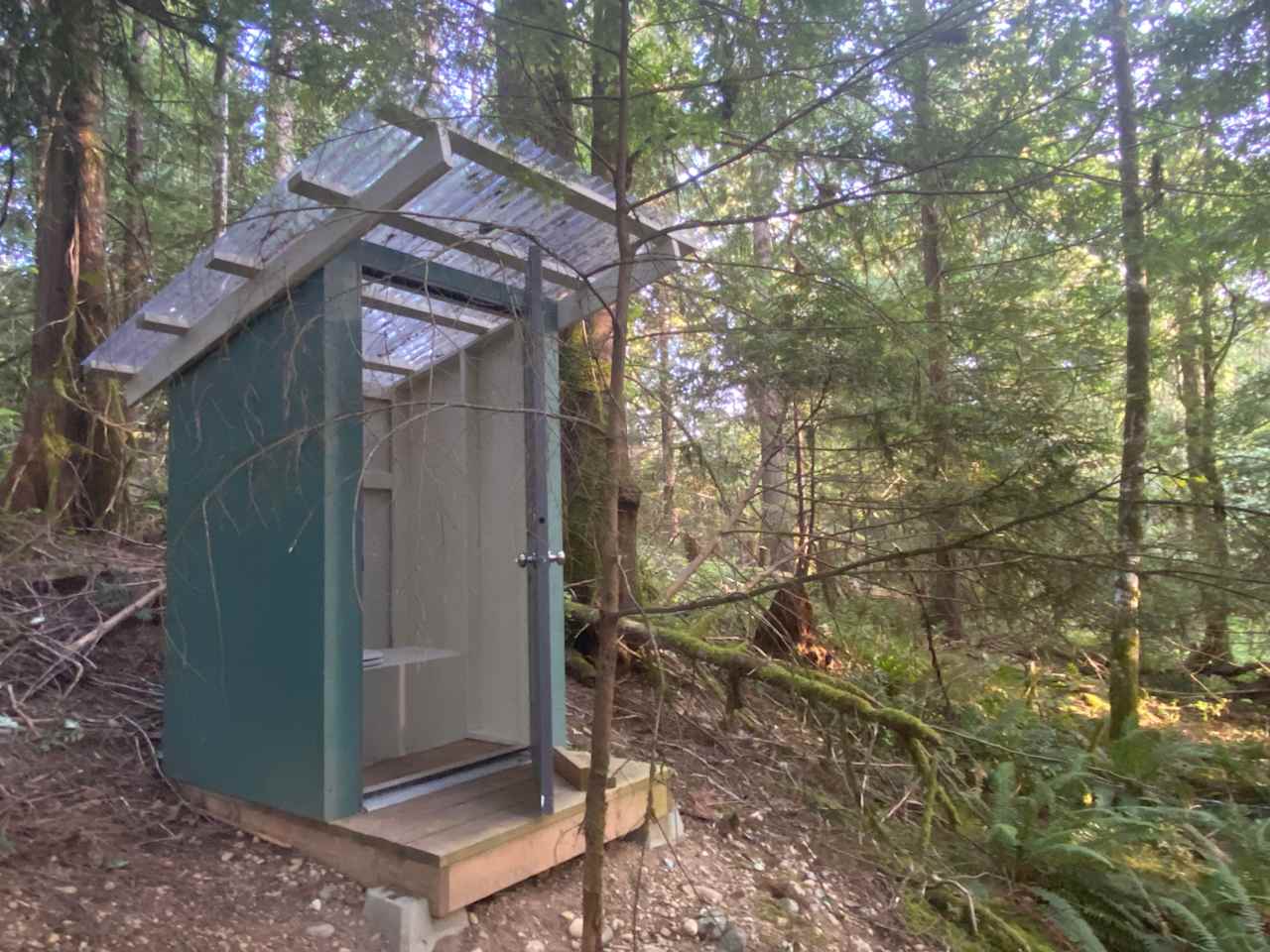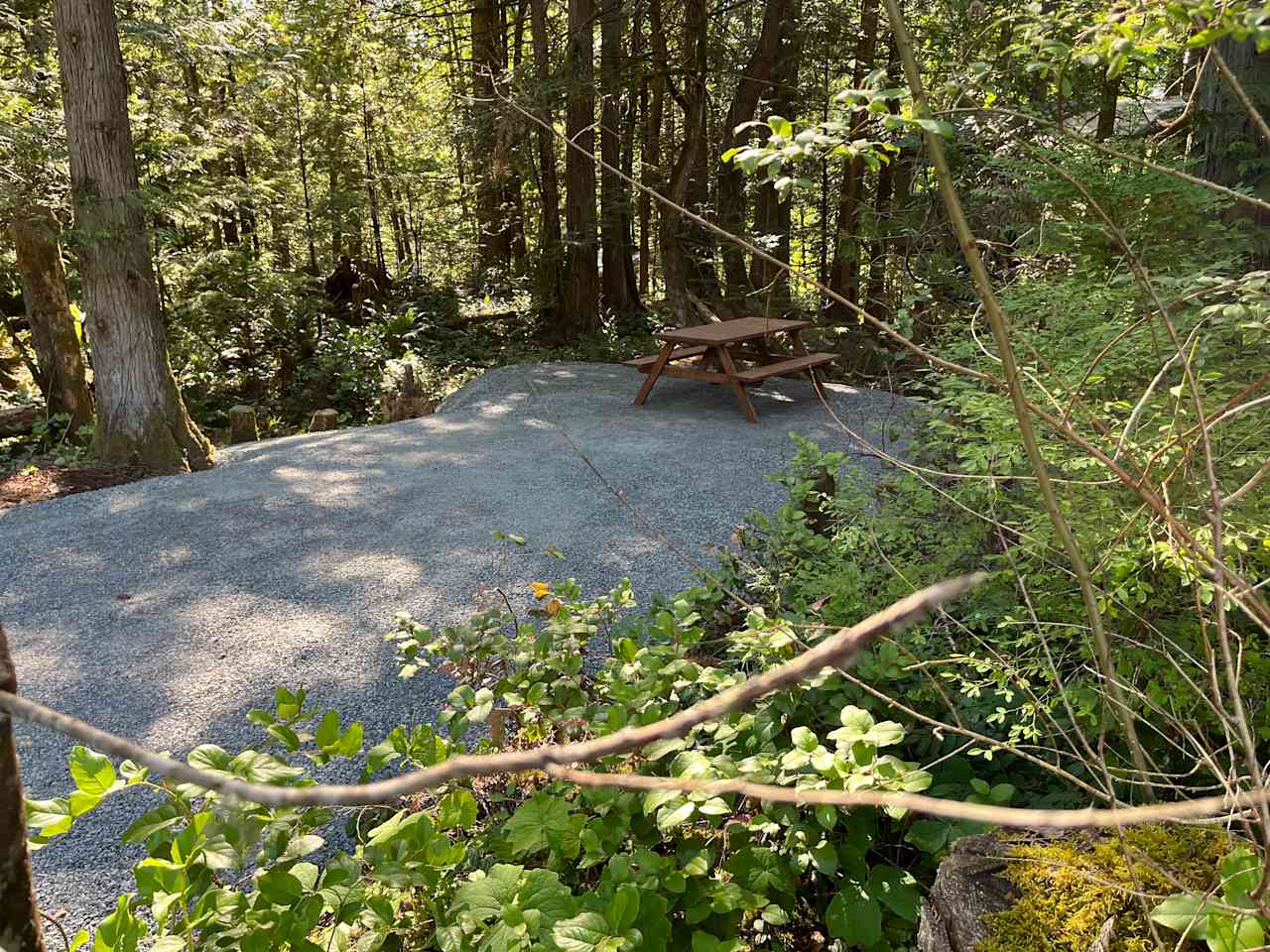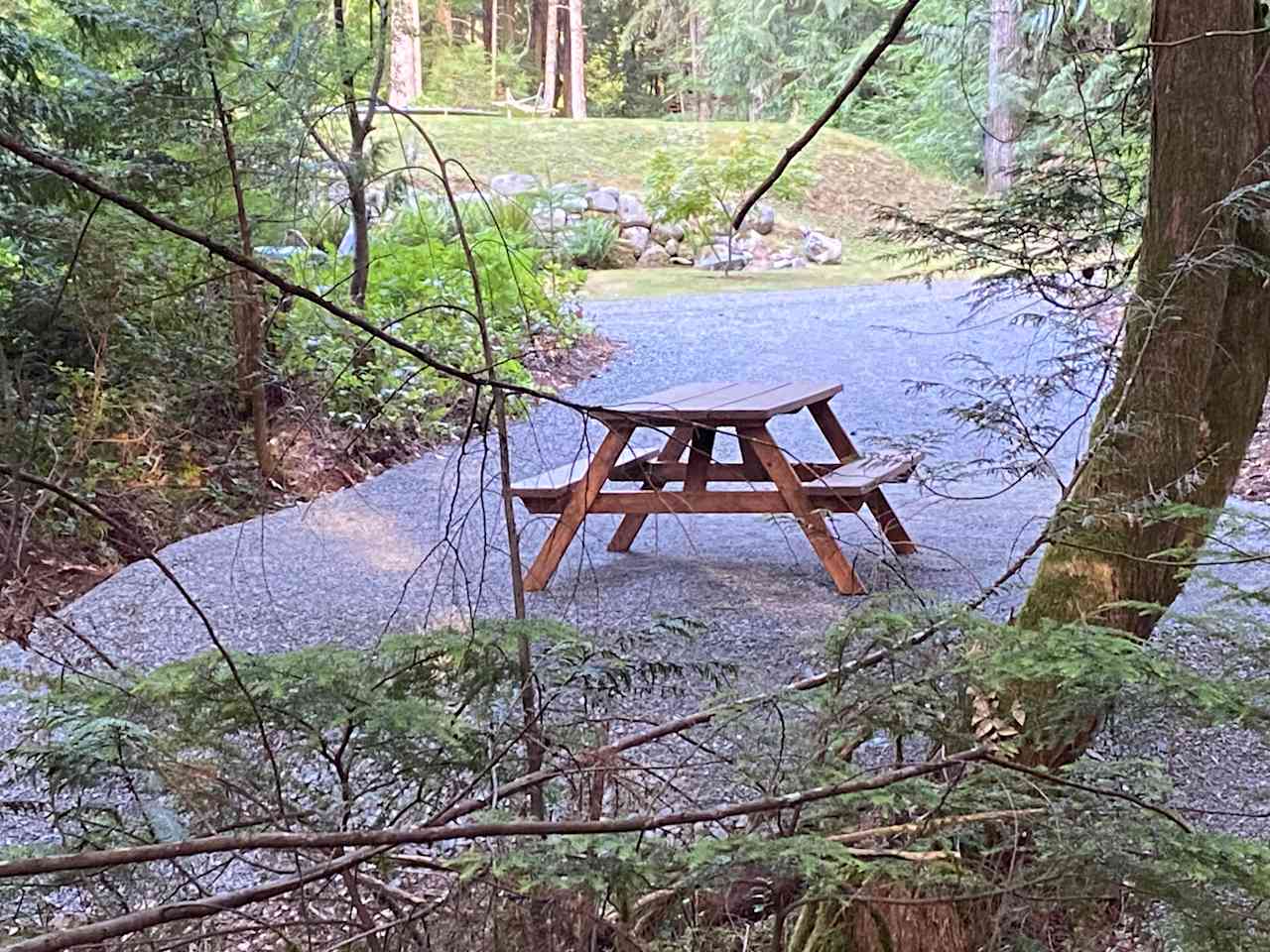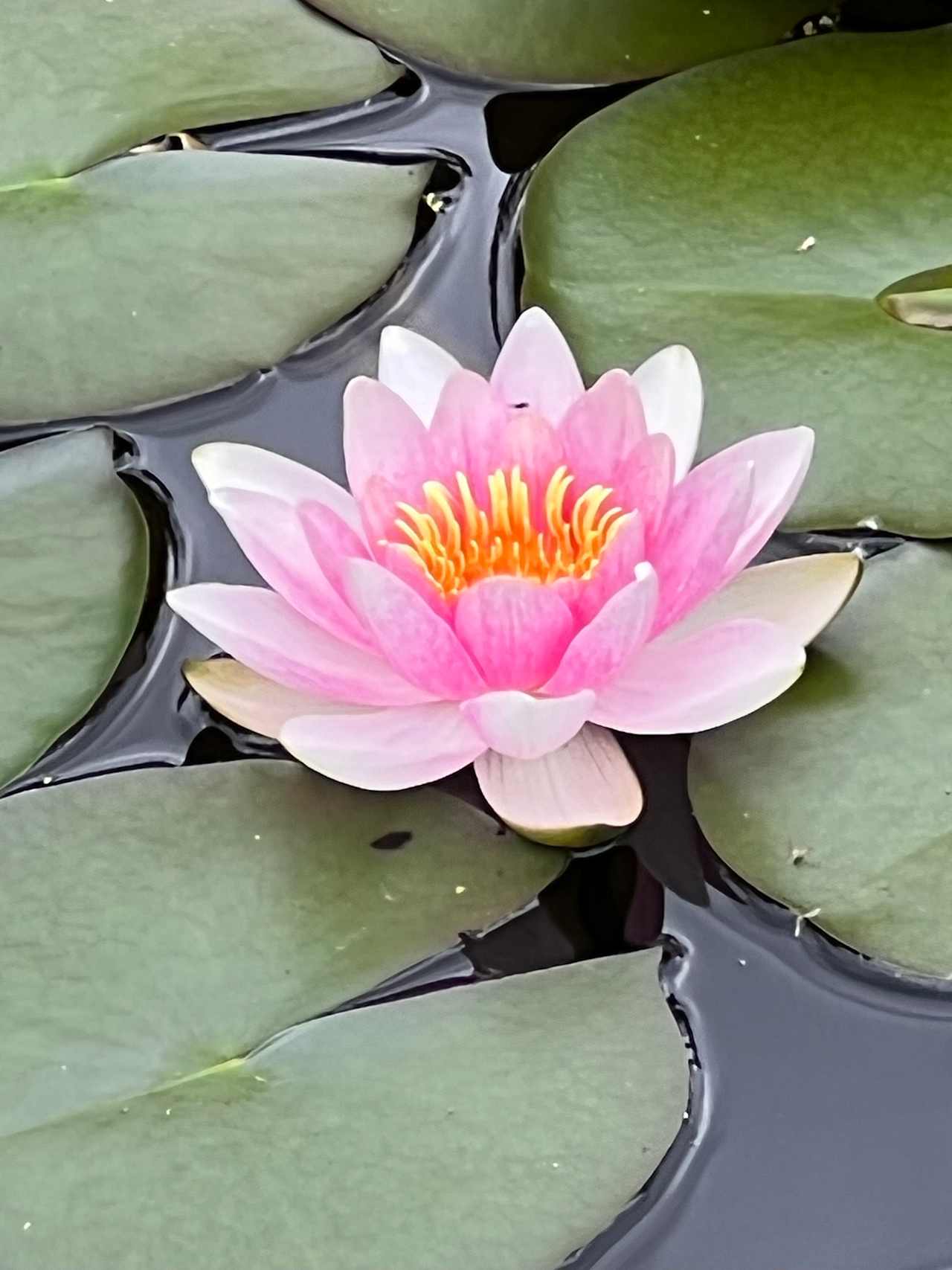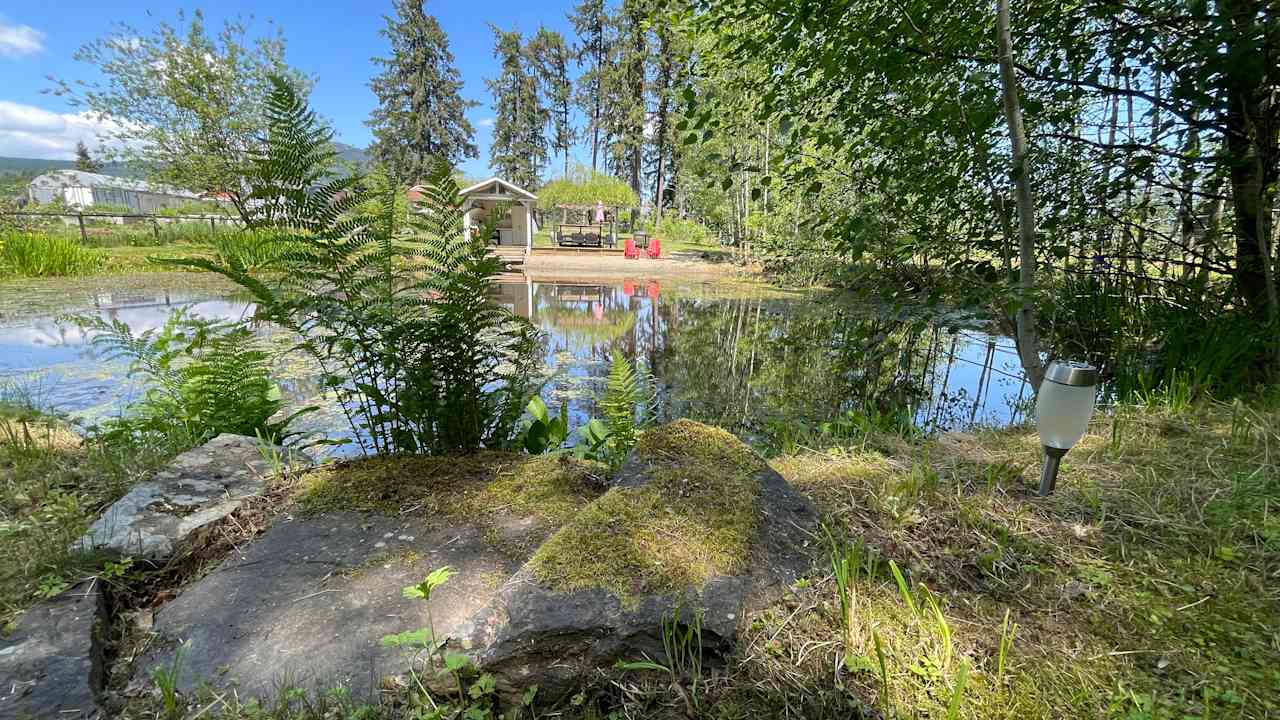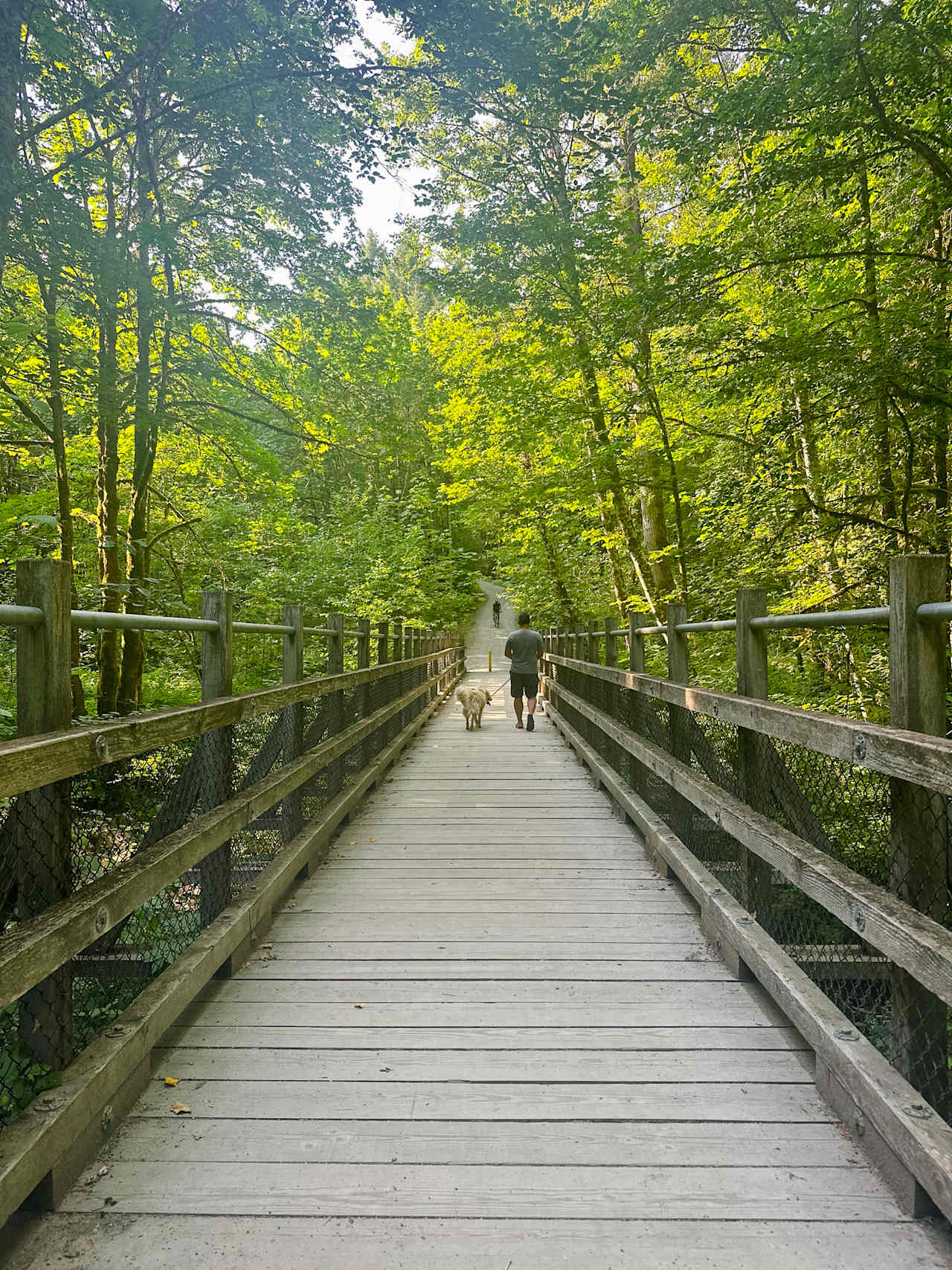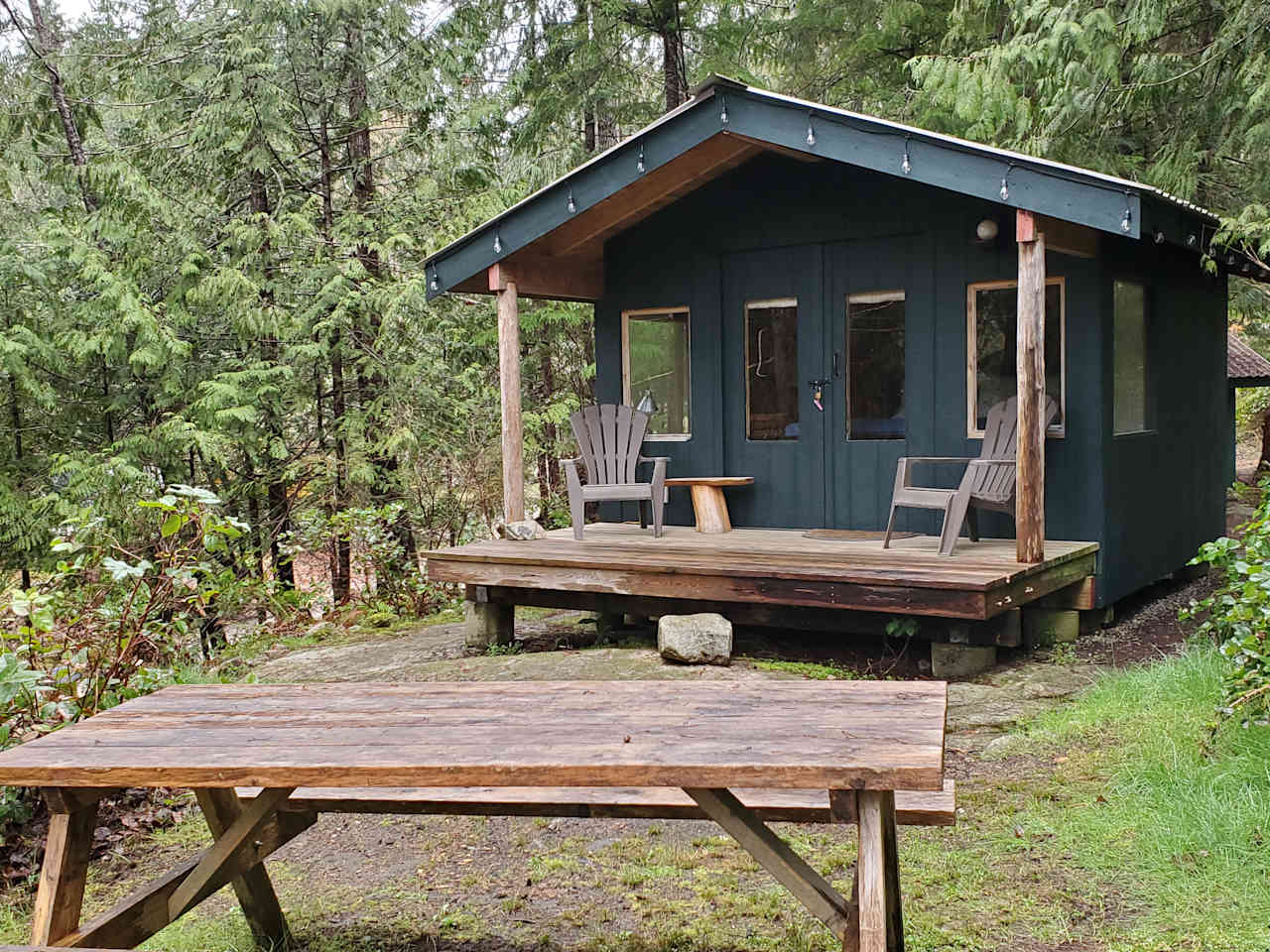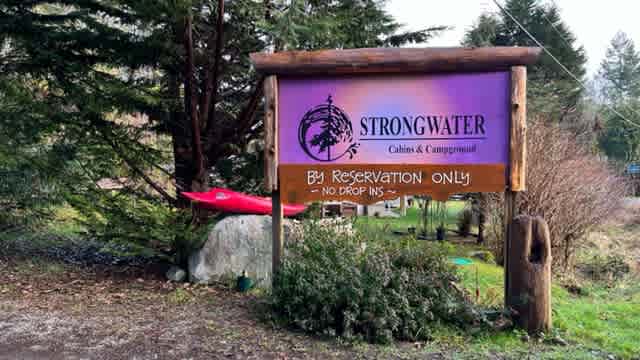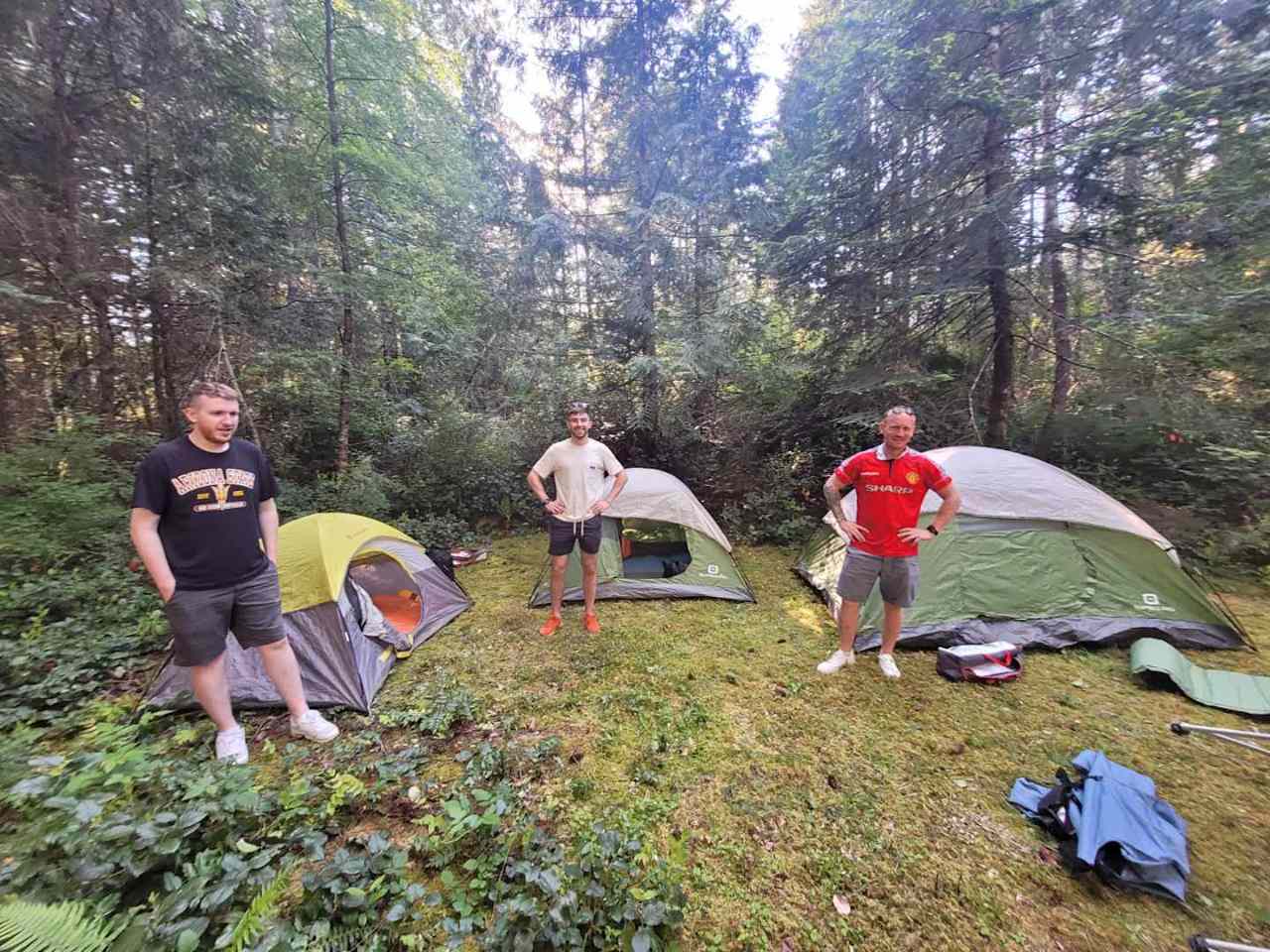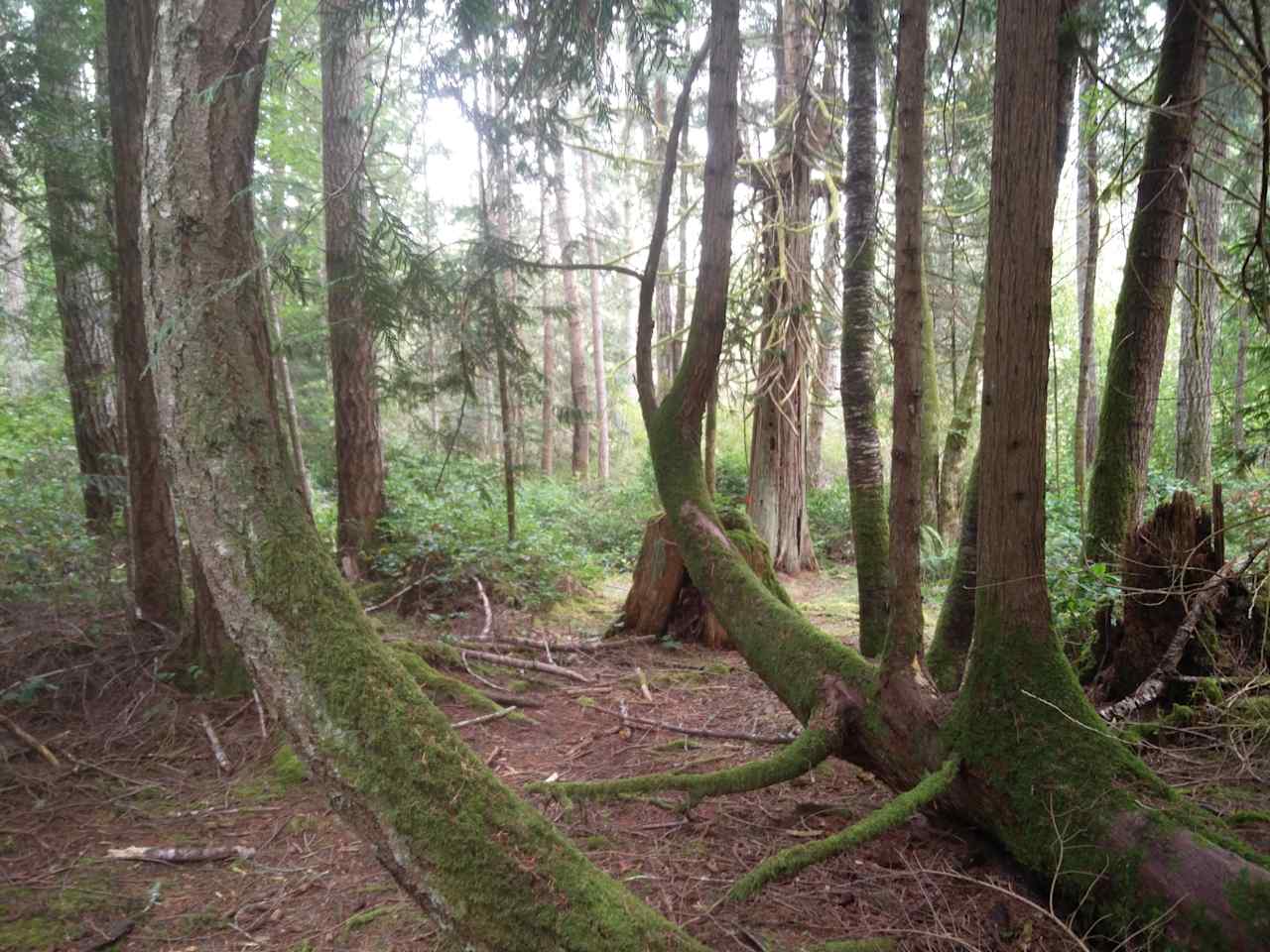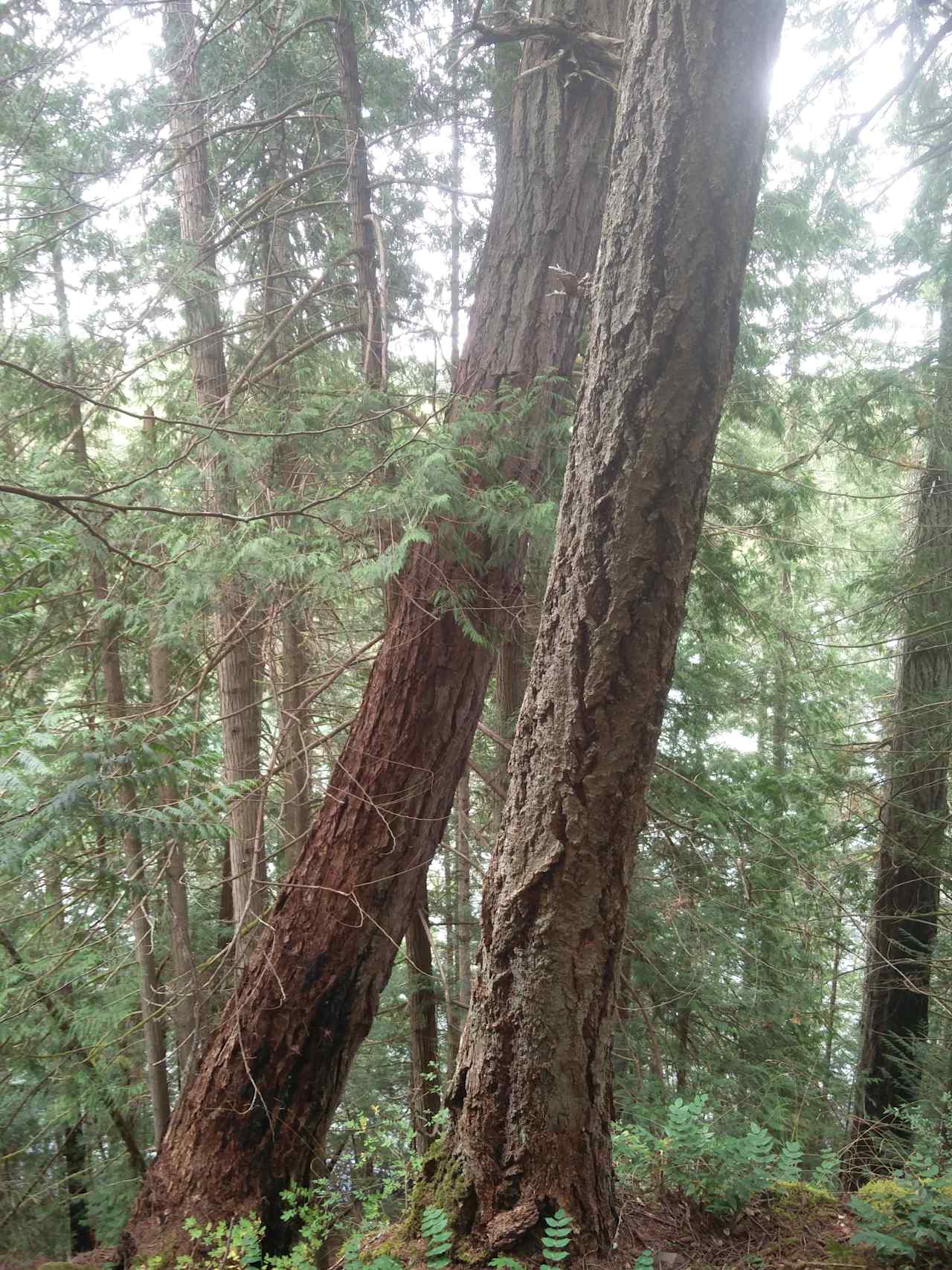The best camping near Stanley Park National Historic Site
Discover the most magical spots to pitch your tent or park your rig on your next Stanley Park National Historic Site adventure.
Popular ways to camp
Community favorites near Stanley Park National Historic Site
Top-rated campgrounds reviewed by the Hipcamp community.
Top-rated campgrounds near Stanley Park National Historic Site
The best camping near Stanley Park National Historic Site guide
Overview
About
Plaque(s) Existing plaque: Georgia Street, Vancouver, British ColumbiaOpened in 1888 and named in honour of the Governor General, Lord Stanley, this park epitomizes the large urban parks of the era. Remarkable for its magnificent setting, the park displays a harmonious relationship between its natural environment and its cultural features. The dense and lofty treed landscape, essentially unaltered by human hand, typifies the British Columbian coastal forest. Recreational facilities and gardens introduced over the years have helped make it enormously popular. Set among sea, city and mountains, this splendid 400-hectare park is one of the most famous in Canada. Description of Historic Place Stanley Park National Historic Site of Canada is a magnificent green oasis in the midst of the heavily built urban landscape of Vancouver. Comprising forested and recreational land, the park is surrounded by English Bay, First Narrows, and Burrard Inlet on three sides, and bordered on the fourth by the central business district and west-end residential neighbourhood of the City of Vancouver. Official recognition refers to the natural and cultural resources within the park’s boundaries. Heritage Value Stanley Park was designated a national historic site of Canada in 1988 because: in its splendid setting and through the relationship between its natural environment and its cultural elements developed over time, it epitomizes the large urban park in Canada.Stanley Park was developed on a peninsula that served first as a First Nations ceremonial site, then as a British military reserve, and then finally was established as a public park in 1888. Developed by the City of Vancouver between 1913 and 1936, its early superintendent, W.S. Rawlings was influenced by British antecedents, blending natural features with gardens, designed landscapes and recreational facilities. Additional attractions, including an aquarium, miniature train and children’s zoo, were added during the post-war period. The park has also continued to be a ceremonial site, commemorating notable people and events such as Pauline Johnson, Lord Stanley, John Drainie, the Vancouver Centennial, British Columbia lumbermen, Japanese Canadians in World War I, the Salvation Army, and the shipwrecks of the Chehalis, Beaver, and HMS Egeria, among others.Over the years, several architects and landscape architects have made specific contributions to the ambience of the park. These include William Livingstone (Pavilion Garden, 1913), Thomas Mawson (Lost Lagoon and Causeway, 1916-26), Charles Marenga (Harding Memorial, 1923 and Promenade, 1925), Walker and McPherson (Pitch and Putt Golf Course, 1932), Percy Underwood (Stanley Park Pavilion addition 1946-50 and the Golf Course Ticket Booth, 1953-55), and Alleyne Cook (Ted and Mary Greig Rhododendron Garden, 1989). In addition, the park showcases the work of several particularly skilled craftspersons including James Cunningham (master mason, rustic stonework), Bill Reid (reproduction of Skedans Mortuary Pole by Jackson, Chief of Skidegate), Doug Cranmer (reproduction of Nhe-is-bik Salmon Pole by Willie Seaweed, restoration of Wakias Pole and Pole of Yakdzi Myth), Ellen Neel (restoration of Thunderbird House Posts), Yurhwaya (Wakias Pole), Yaakutlas, Charlie James (Thunderbird House Posts, Sisa-kaulas Pole), Sydney March (sculptor, Lord Stanley Monument), Shuswap First Nation (Petroglyph Rock), and Elek Imredy (bronze memorial, Girl in a Wet Suit, 1970). Source: Historic Sites and Monuments Board of Canada, Minutes, 1988; Commemorative Integrity Statement, June 2002. Character-Defining Elements Key elements that contribute to the heritage character of the site include: its setting which combines forest, mountains and ocean; the inter-relationships of the relative locations, functions and material components of the natural and cultural areas; the integrity and abundance of natural elements, such as new and old growth forest, intertidal and near shore habitats, and bedrock geology; the diversity of cultural elements including garden landscapes, designed park landscapes, buildings and structures associated with park activities, monuments, athletic facilities, and outdoor museum displays; the designed gardens in thee integrity of layout, plant varieties, feature elements and structures of their original materials and proportions; the locations, composition, built features and plantings of the designed landscapes, including those associated with the Lord Stanley Monument, Brockton Point, Ceperley Meadows, the Seawall, the Lost Lagoon, the Pavilion and Malkin Bowl, Lumberman’s Arch, the tennis courts and lawn bowling green, the rose garden, and special plantings with cultural significance, such as memorial trees and the Hollow Tree; the designed fresh water features such as Lost Lagoon and Ceperley Stream, including their placements, design, plantings, and landscape features; recreational areas, beaches and swimming pools, including Second Beach and Third Beach, children’s playgrounds at Ceperley Meadows and the Children’s Water Park, playing fields and sports facilities including Brockton Point Oval and Athletic Grounds, Cricket Pitch, Prospect Point Playing Field, outdoor tennis courts, lawn bowling green, and multi-purpose outdoor spaces including picnic areas at Ferguson Point, Ceperley/Second Beach, Prospect Point, and grounds at the Lumberman’s Arch and Brockton Point, locations, layouts, plantings, special-purpose features, and associated buildings and structures; heritage buildings including Stanley Park Pavilion, the Sports Pavilion, or Fish House, Rose Garden Cottage, and the Golf Course Ticket Booth, in their rustic design expressed through natural materials and varied surfaces including, random coursed granite walls, vertical log surfaces, cedar shingle roofs, timber bracketing and balusters, and multiple-paned windows, overhanging eaves, exposed rafter ends, gables, and extensions into the landscape via balconies, verandahs, gables, French doors and plentiful fenestration; the Vancouver Aquarium in its traditions of public education regarding the marine environment and conservation issues, and the bronze sculpture of a killer whale by Bill Reid at the main entrance; the design and composition of the promenade pedestrian bridge; rustic stonework on landscape elements such as the seawall, bridges, staircases, retaining walls, and pathways; the craftsmanship, design, materials and siting of the First Nations Frontal, House and Mortuary Pole Collection, specific monuments; the layout, footprints, pathways, composite materials, and vistas of the heritage trails and scenic roads, including Stanley Park Drive and North Lagoon Drive; the footprint, path, accessibility, construction and craftsmanship of the Seawall, including the special interpretive features and the Nine o’Clock Gun; the design, material composition, and landscape features of the causeway; the location of archaeological sites associated with early park development and facilities; viewscapes within the park that embrace natural and cultural elements, and those from the park to the surrounding area to the ocean, to the coastal terrestrial environs, and to the urban environment, to English Bay and the surrounding mountains and forest.
Nearby attractions
Delve into the heart of British Columbia's wilderness by camping near Garibaldi Lake. The Garibaldi Lake camping experience is a stunning blend of turquoise glacial waters, verdant forests, and breathtaking mountain views that make it a hiker's paradise.
Top cities near Stanley Park National Historic Site
- Stanley Park National Historic Site


